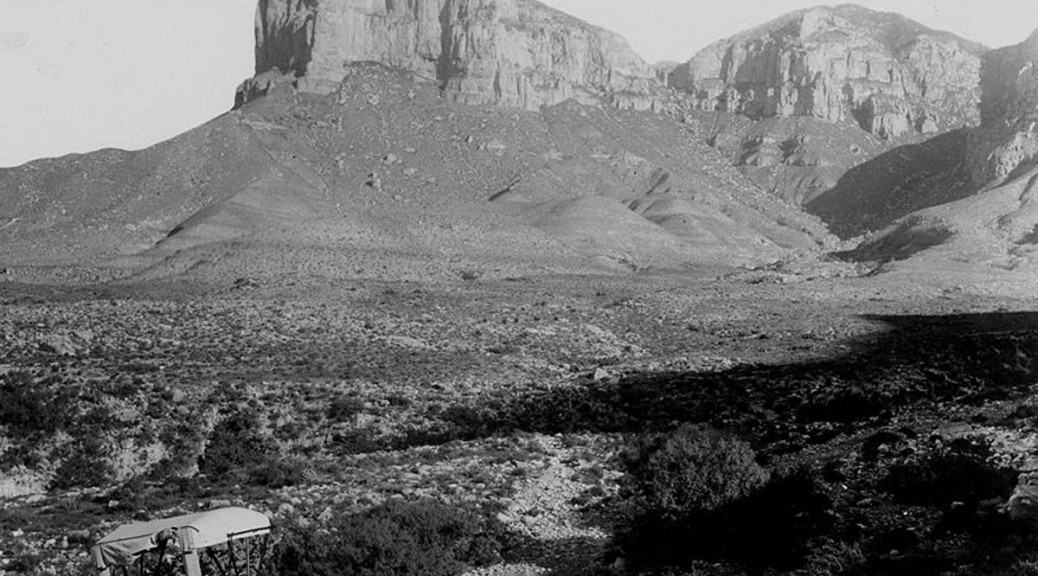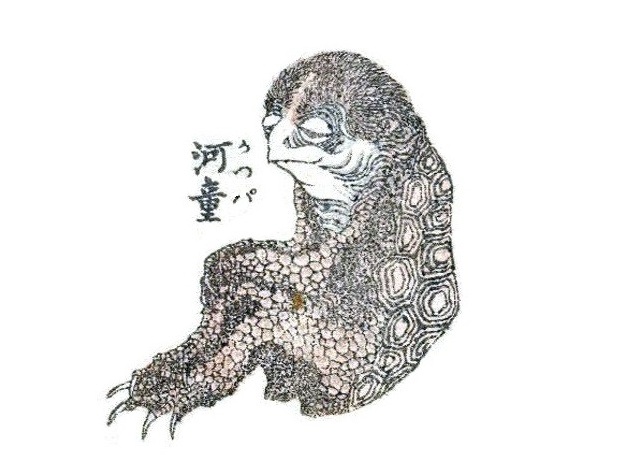Category Archives: history
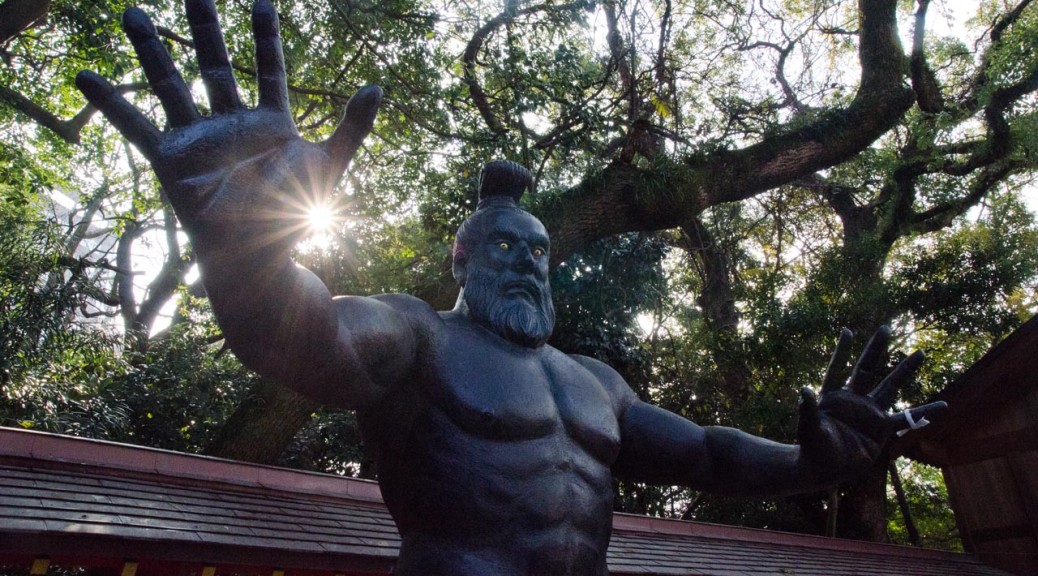
Fukuoka New Year’s Day
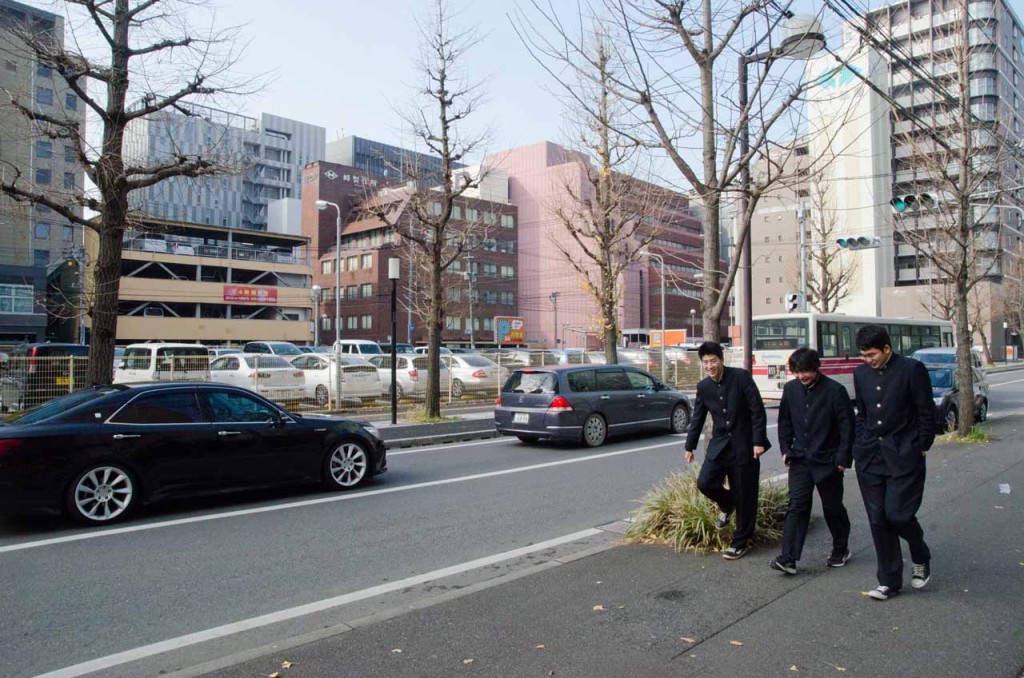 New Year’s day. Students near Hakata station.
New Year’s day. Students near Hakata station.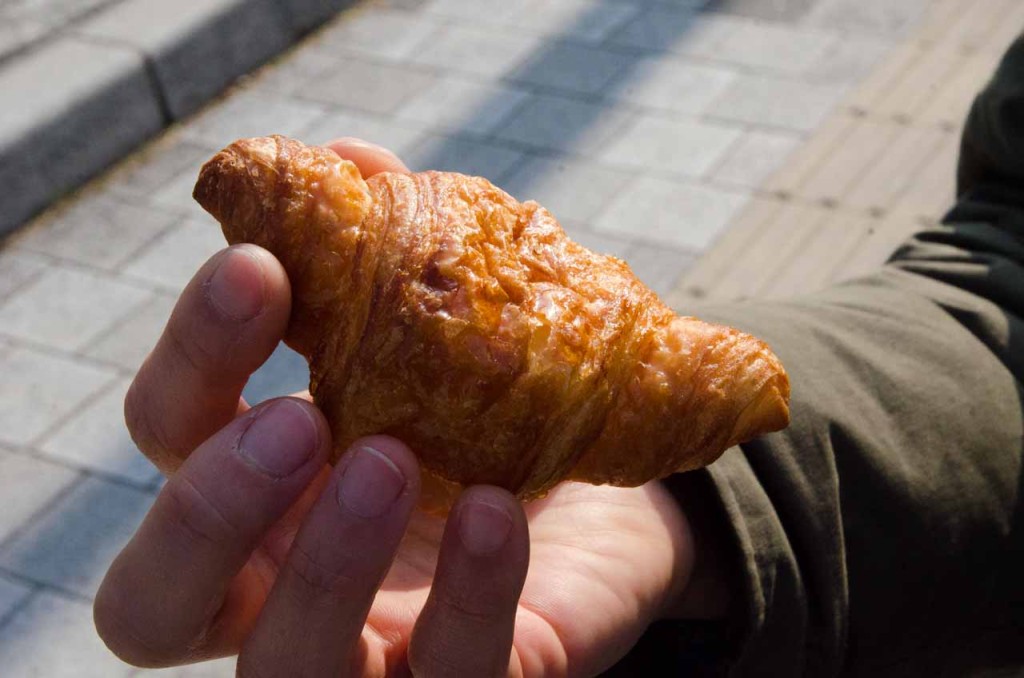 Had delicious croissants from Il Forno Mignon at Hakata station.
Had delicious croissants from Il Forno Mignon at Hakata station.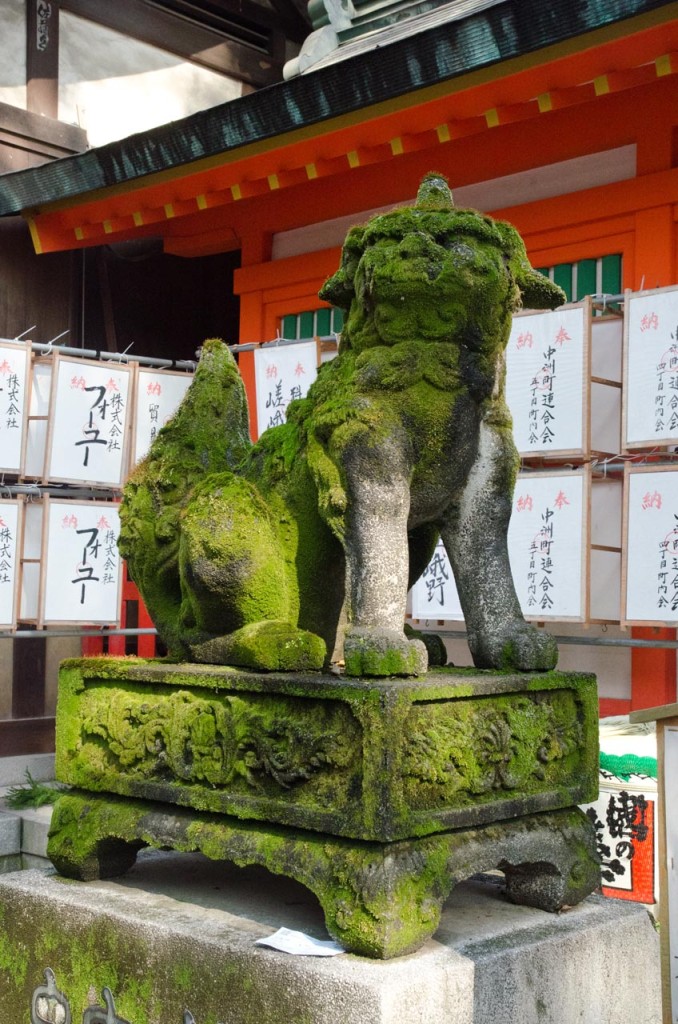 Komainu 狛犬 at Sumiyoshi shrine 住吉神社.
Komainu 狛犬 at Sumiyoshi shrine 住吉神社. 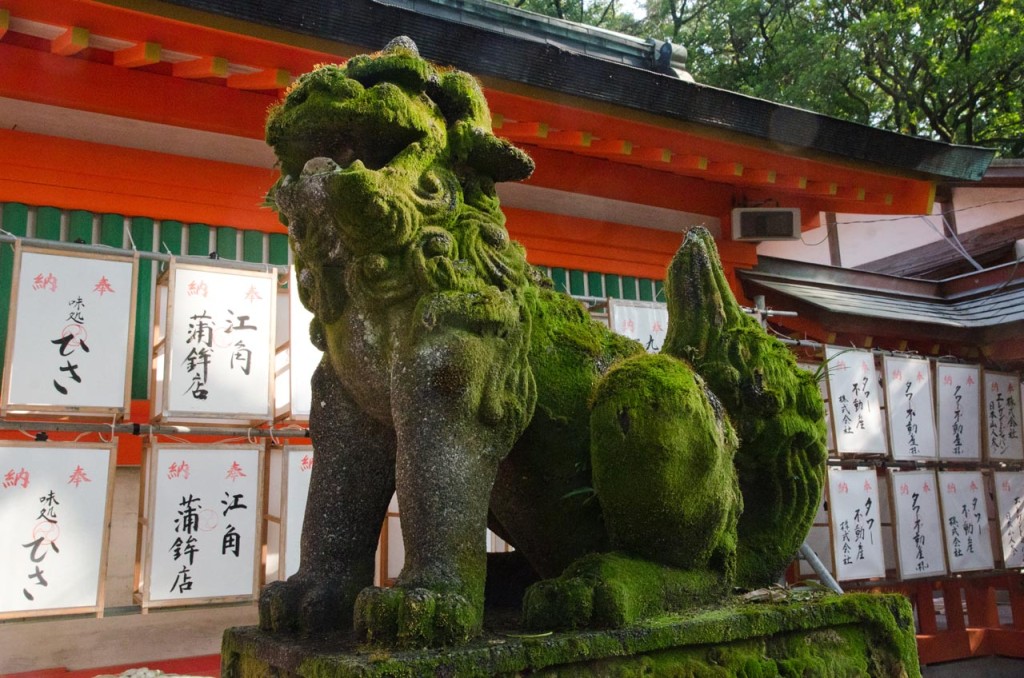
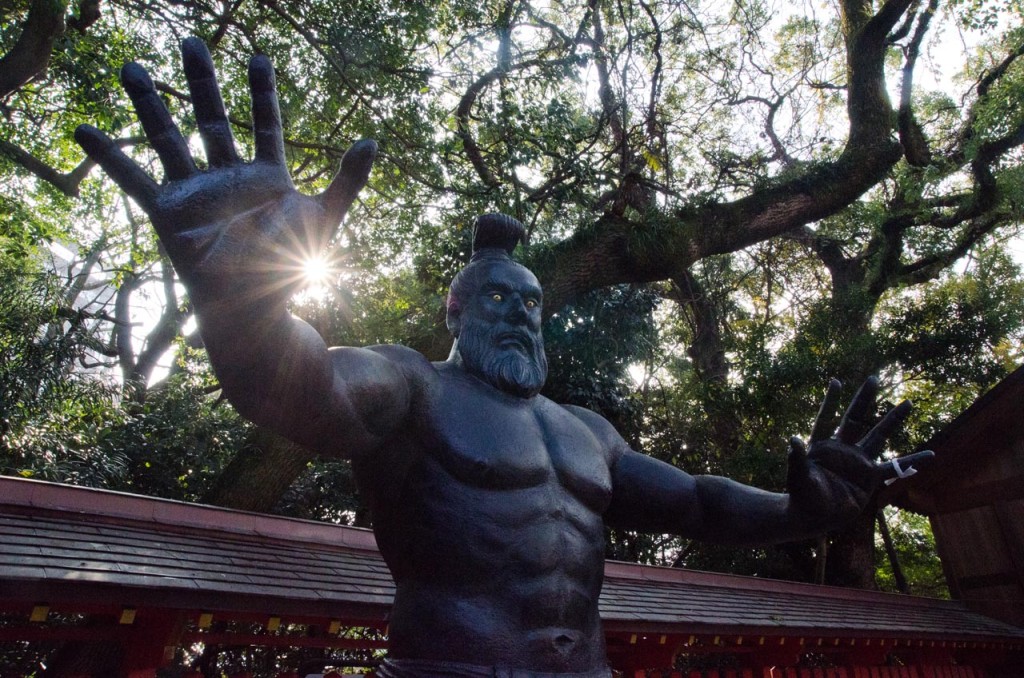
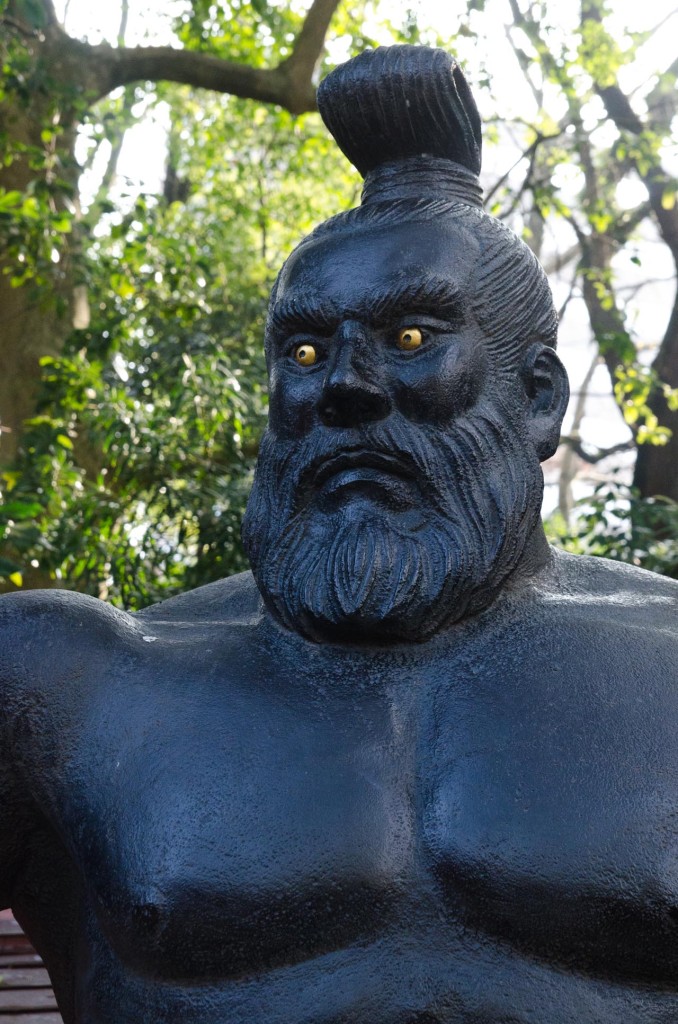 Statue of an ancient sumo wrestler revisited.
Statue of an ancient sumo wrestler revisited.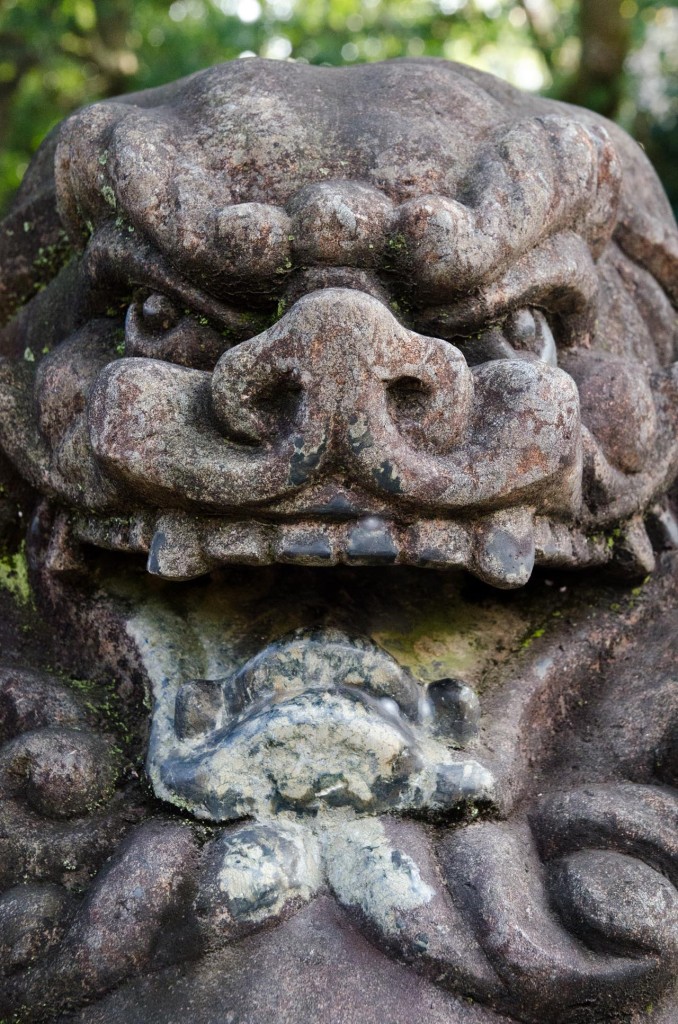 Komainu.
Komainu.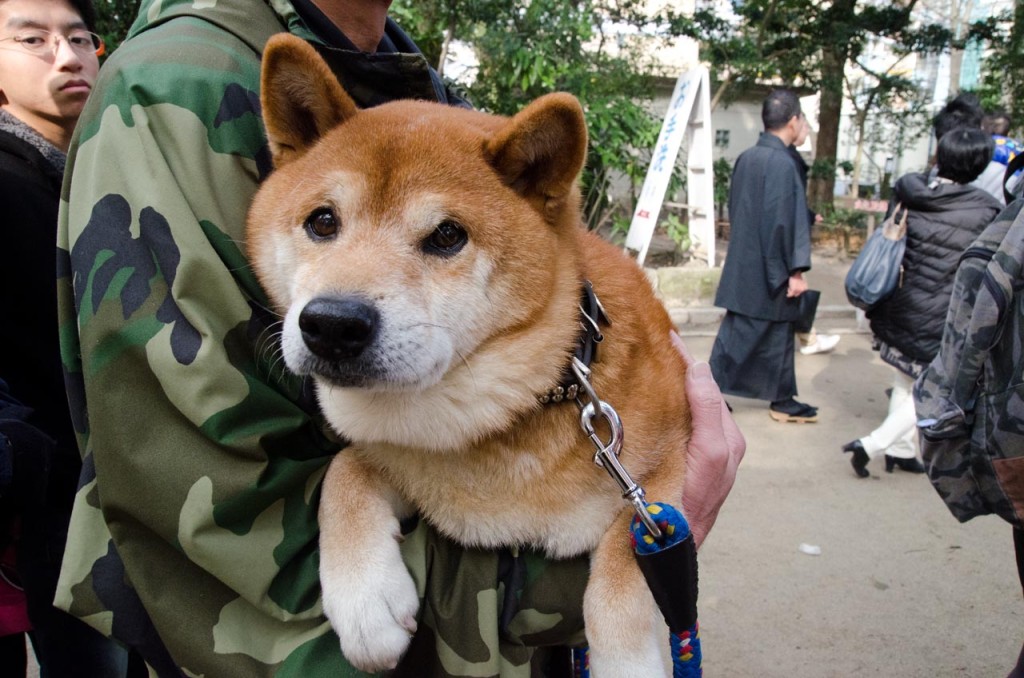 A dog and his master waiting in line at the shrine.
A dog and his master waiting in line at the shrine.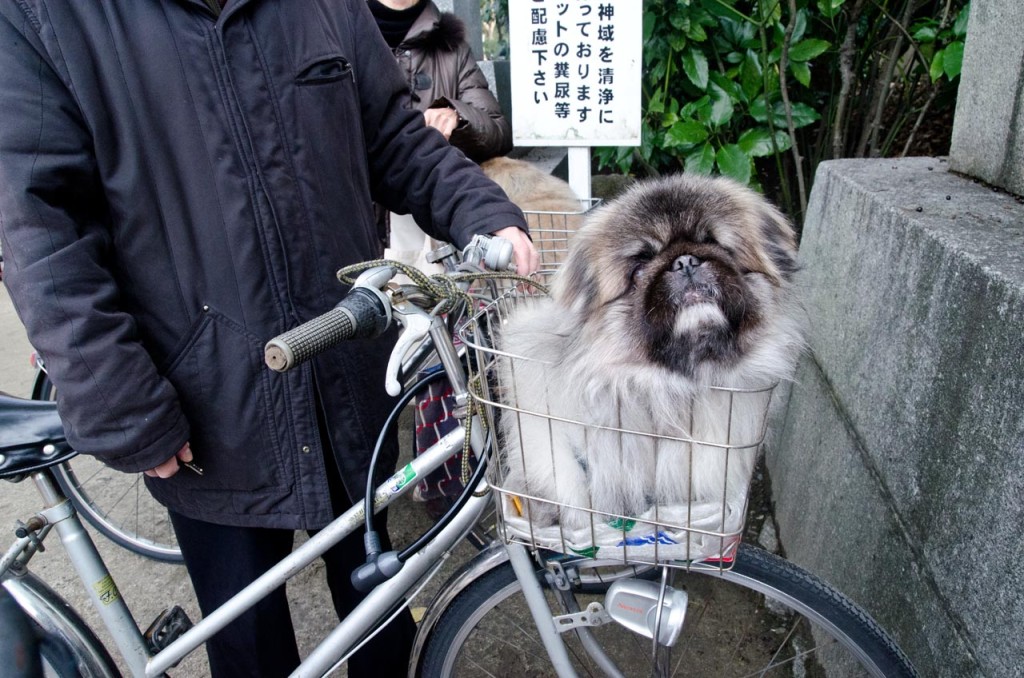 An older couple arrived at the shrine with their respective matching pups.
An older couple arrived at the shrine with their respective matching pups. 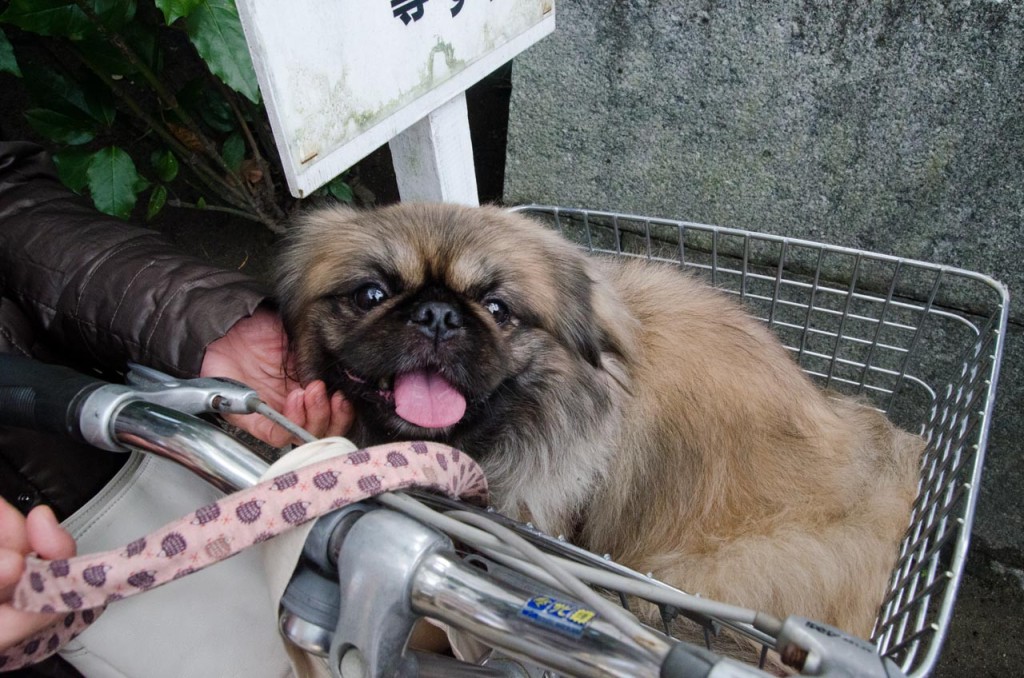
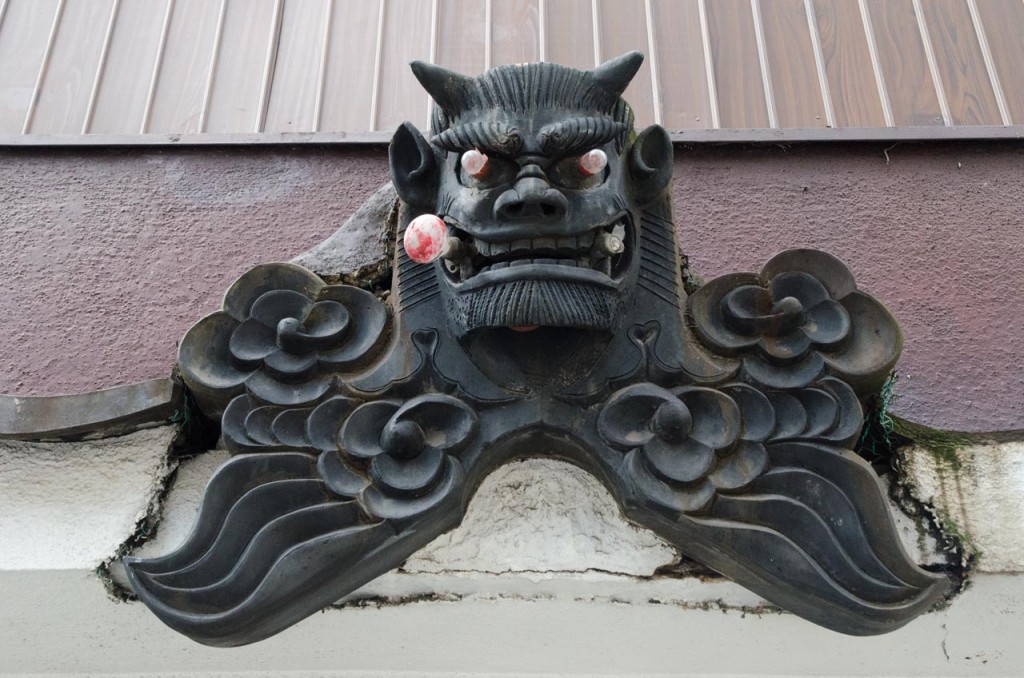
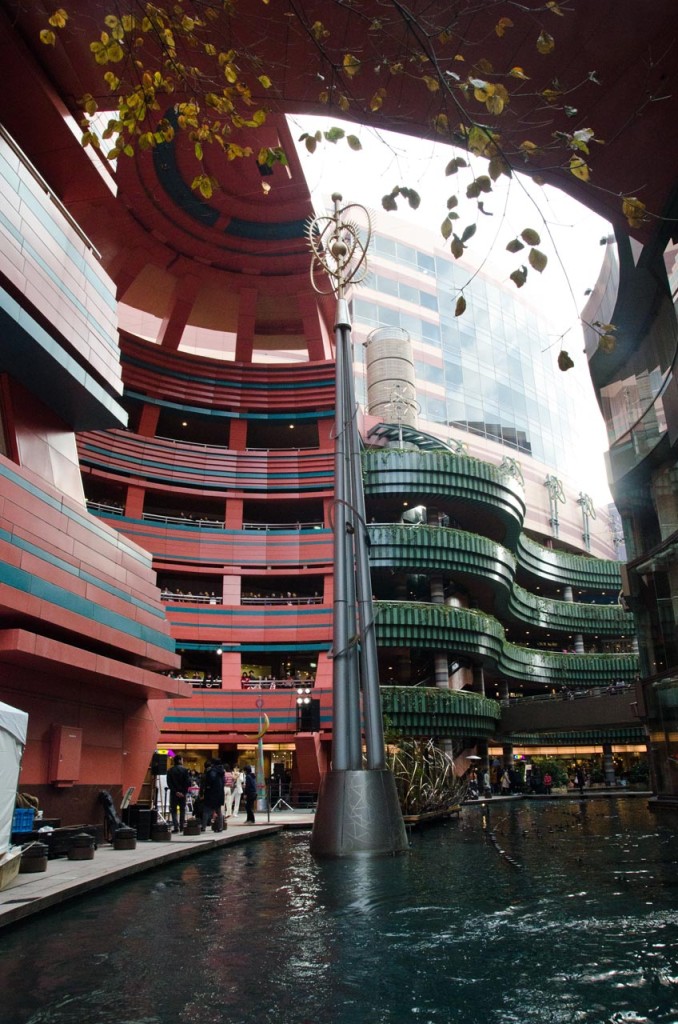 Canal City.
Canal City.
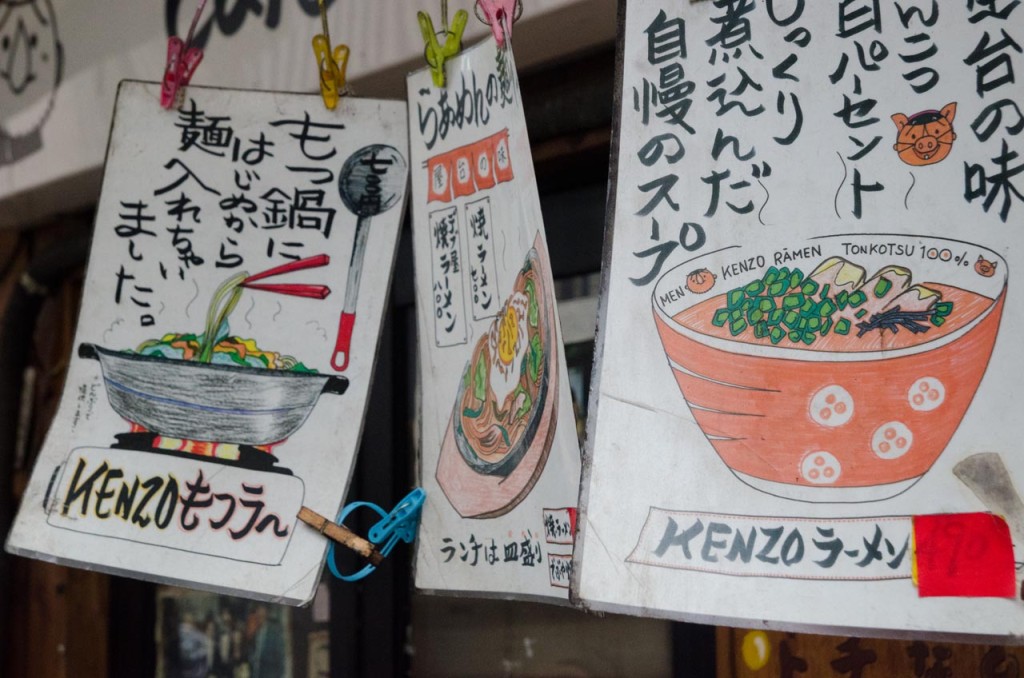
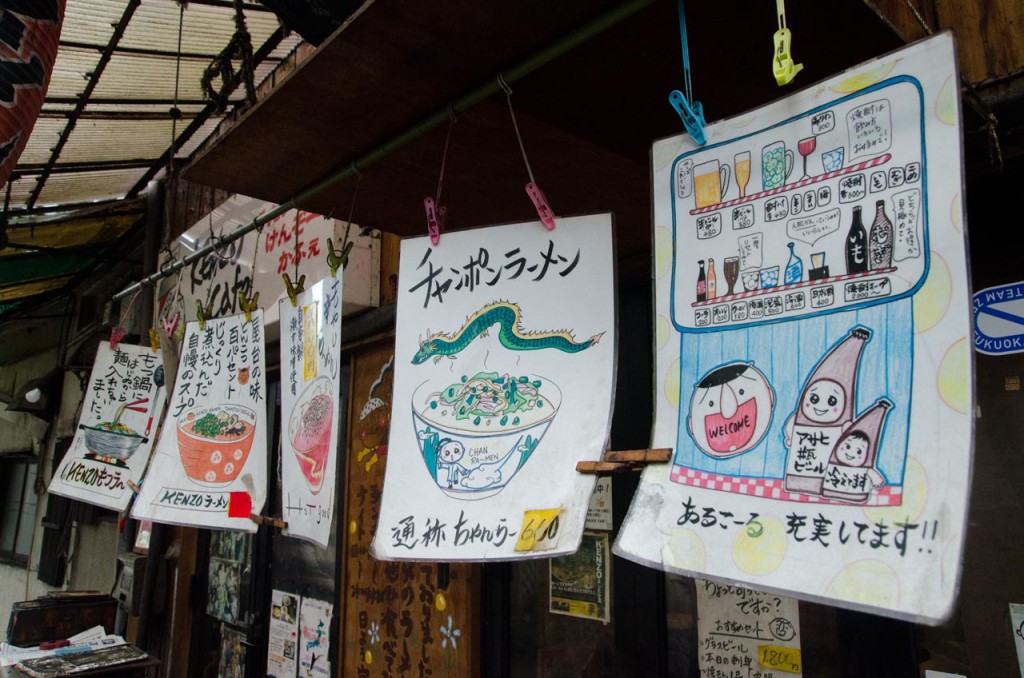 Kawabata shopping arcade.
Kawabata shopping arcade. 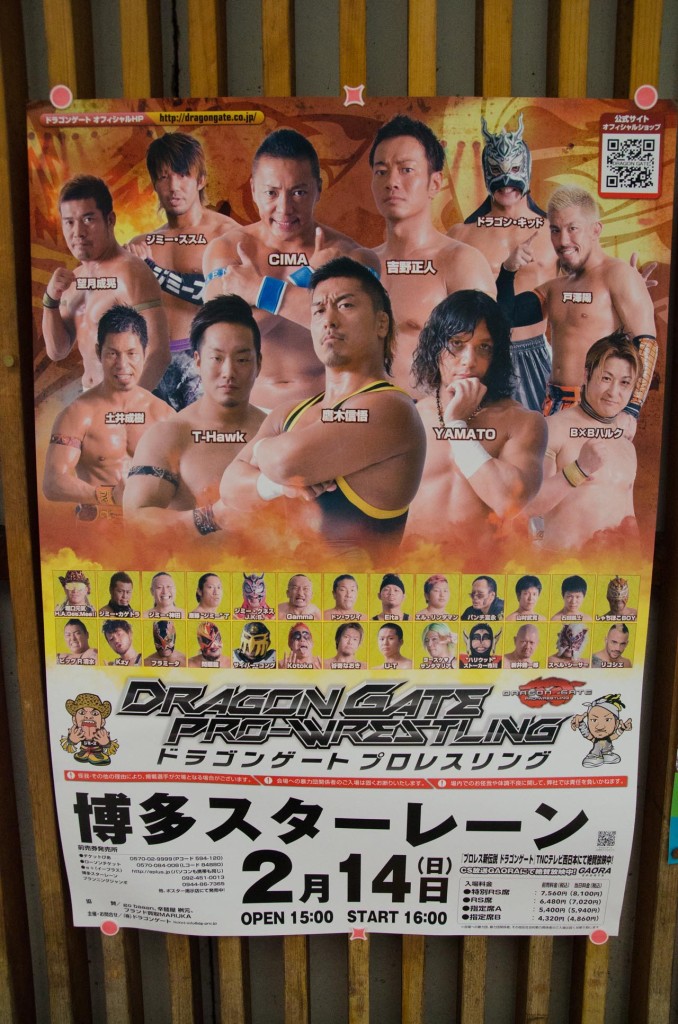 We were all wrestlers in Japan once.
We were all wrestlers in Japan once.
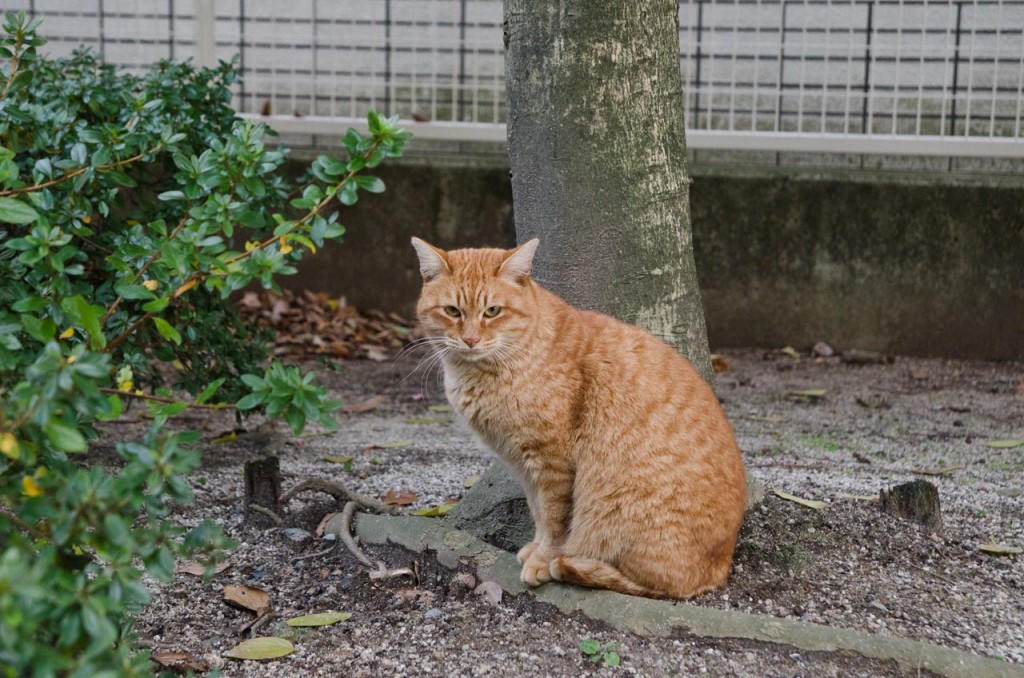 ネコ. Ca ca catters mccatters ©.
ネコ. Ca ca catters mccatters ©. 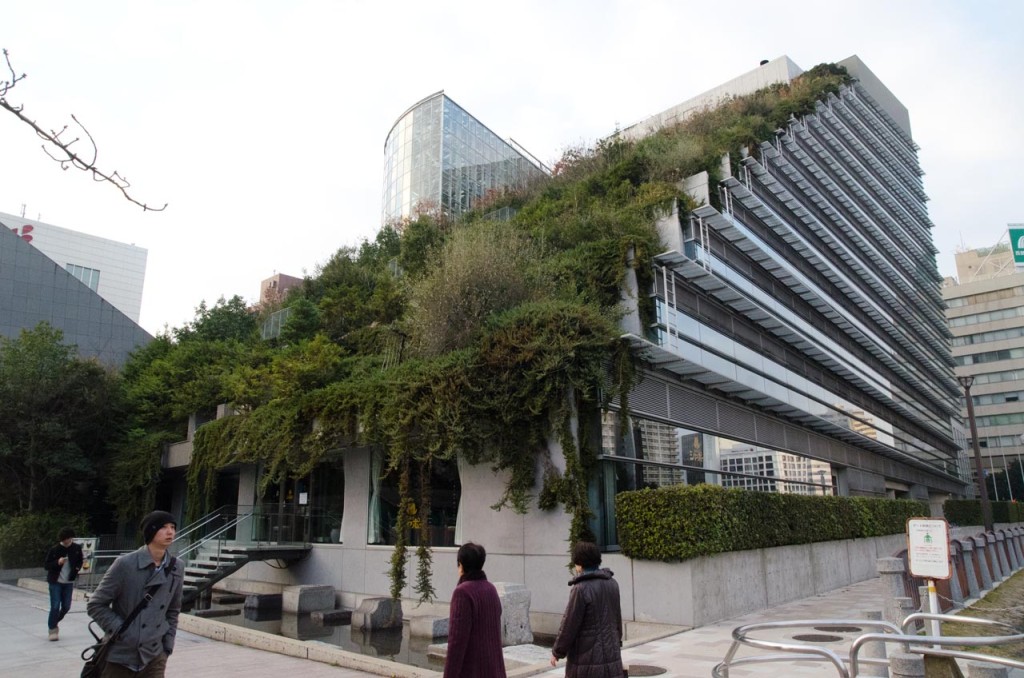 ACROS.
ACROS.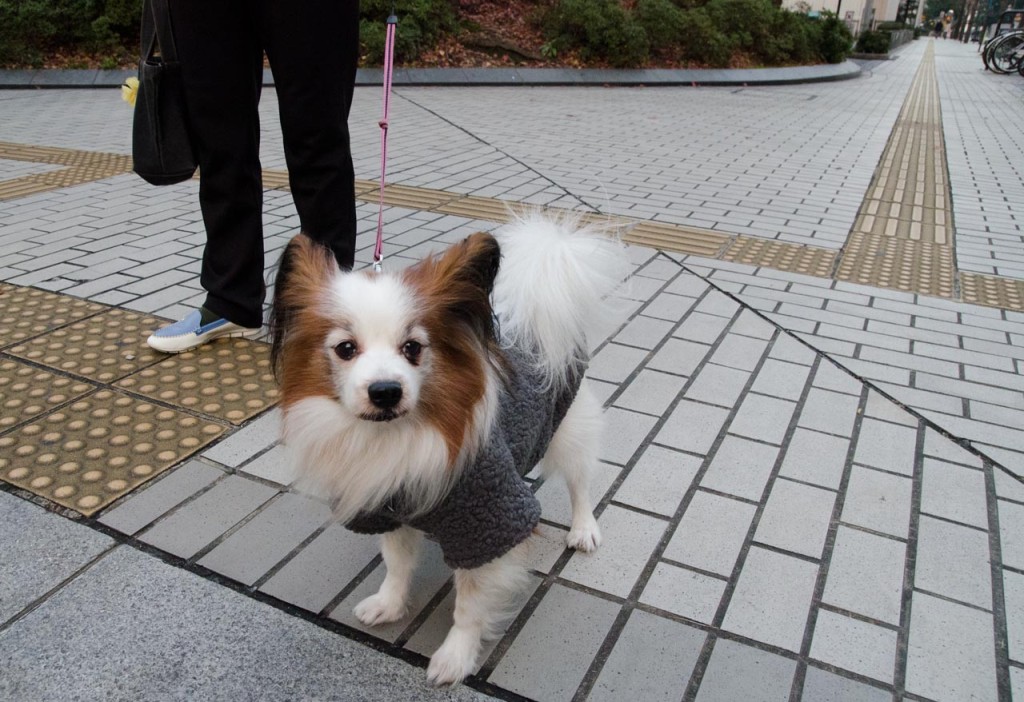 A little papillon near Watanabe dori.
A little papillon near Watanabe dori.
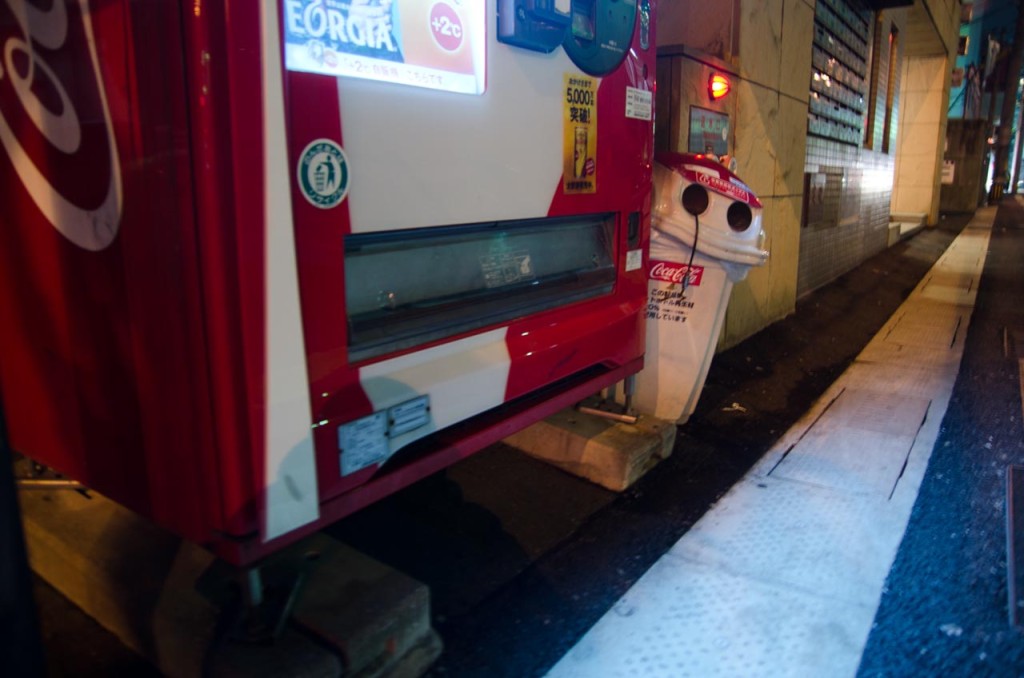 Had the creeping sensation of being followed.
Had the creeping sensation of being followed.
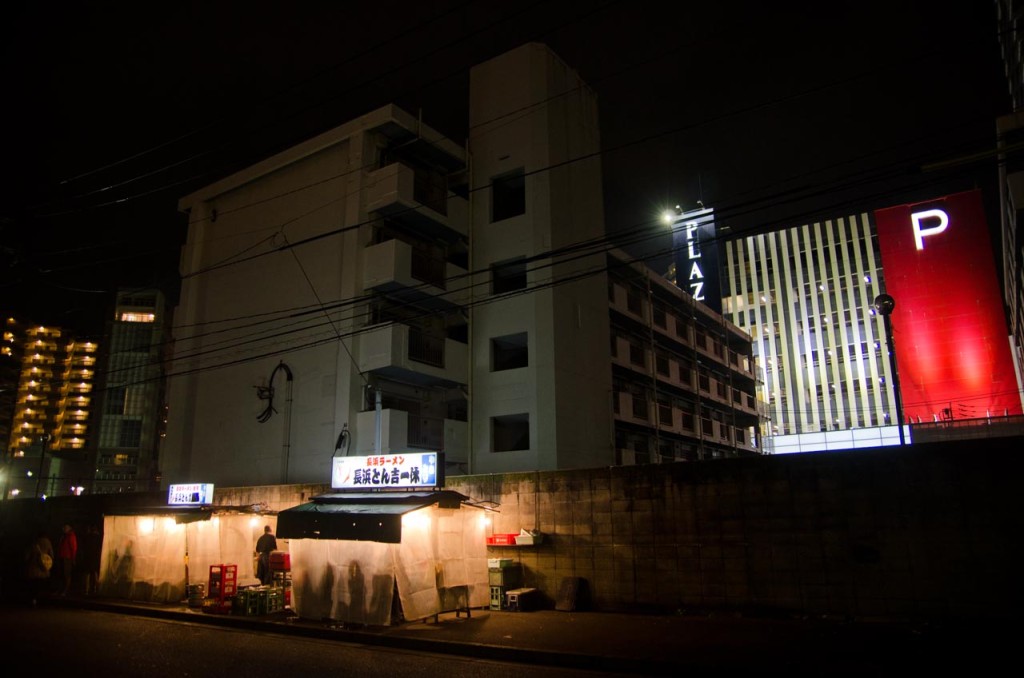 Found some yatai 屋台 at the edge of the city. I got excited about a yakuza-looking guy hanging out near the joint that had part of his little finger missing. She was more excited about the food.
Found some yatai 屋台 at the edge of the city. I got excited about a yakuza-looking guy hanging out near the joint that had part of his little finger missing. She was more excited about the food.
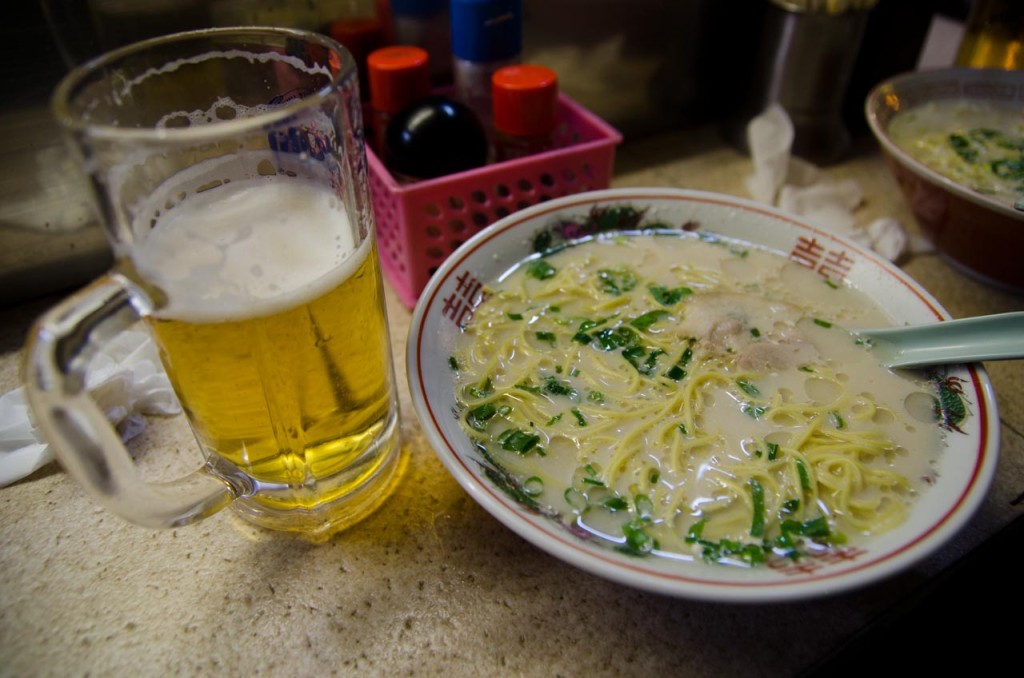 Some of the best ramen noddles I’ve had under a plastic tarp.
Some of the best ramen noddles I’ve had under a plastic tarp.
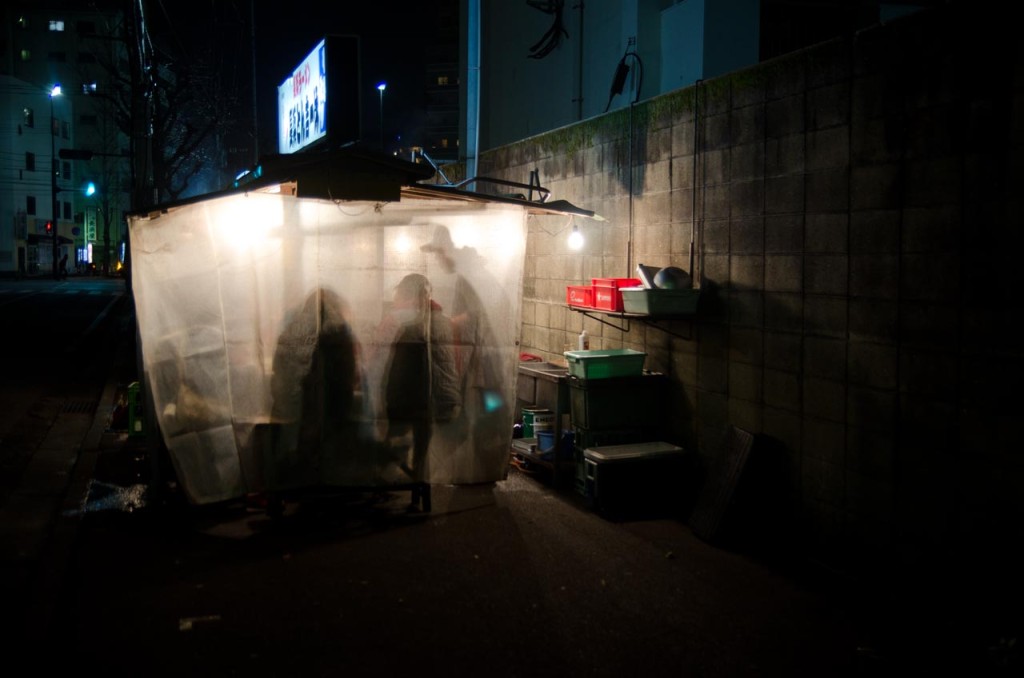
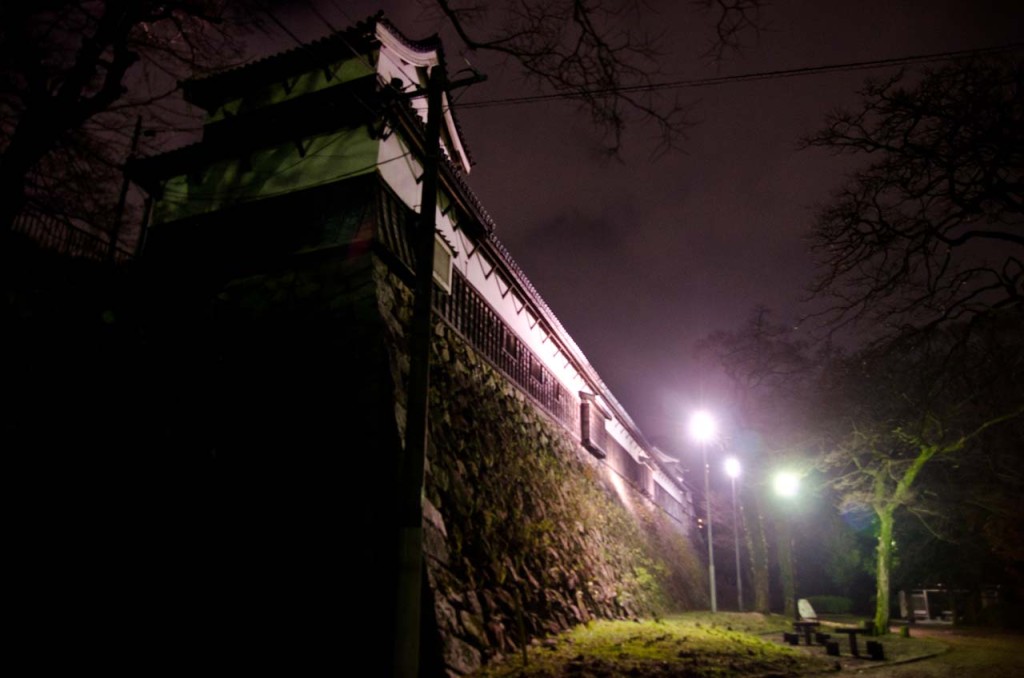 Walked the ruins of Fukuoka castle in the dark.
Walked the ruins of Fukuoka castle in the dark.
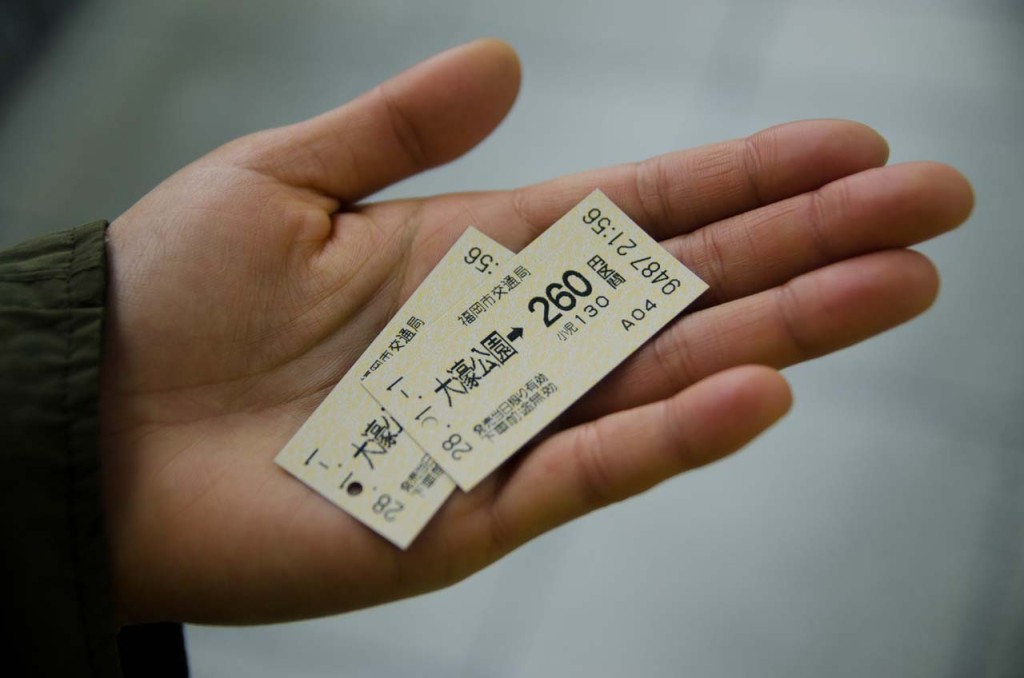 Headed back to our Hakata base.
Headed back to our Hakata base. 
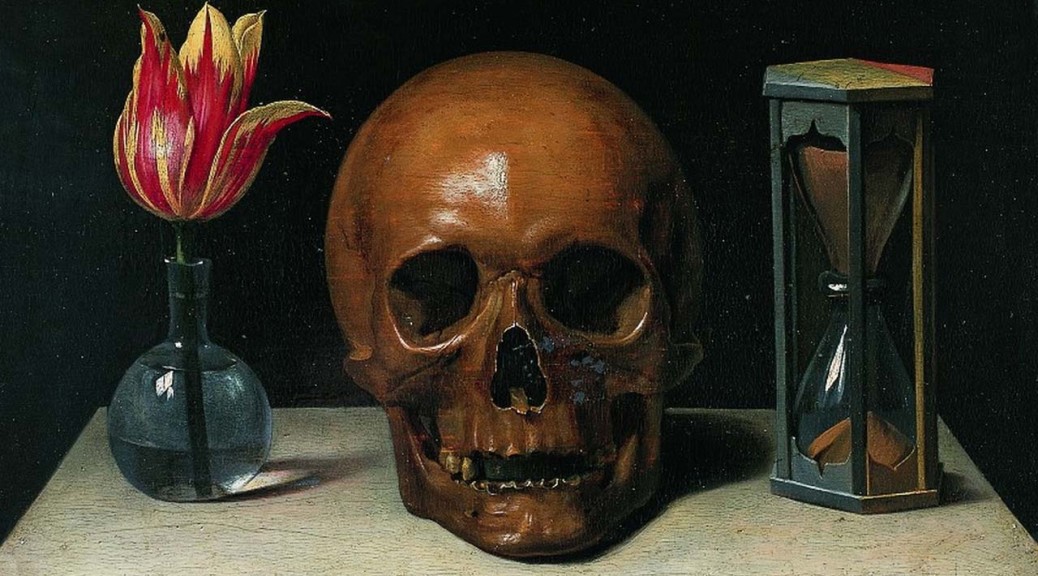
Et in Arcadia Ego
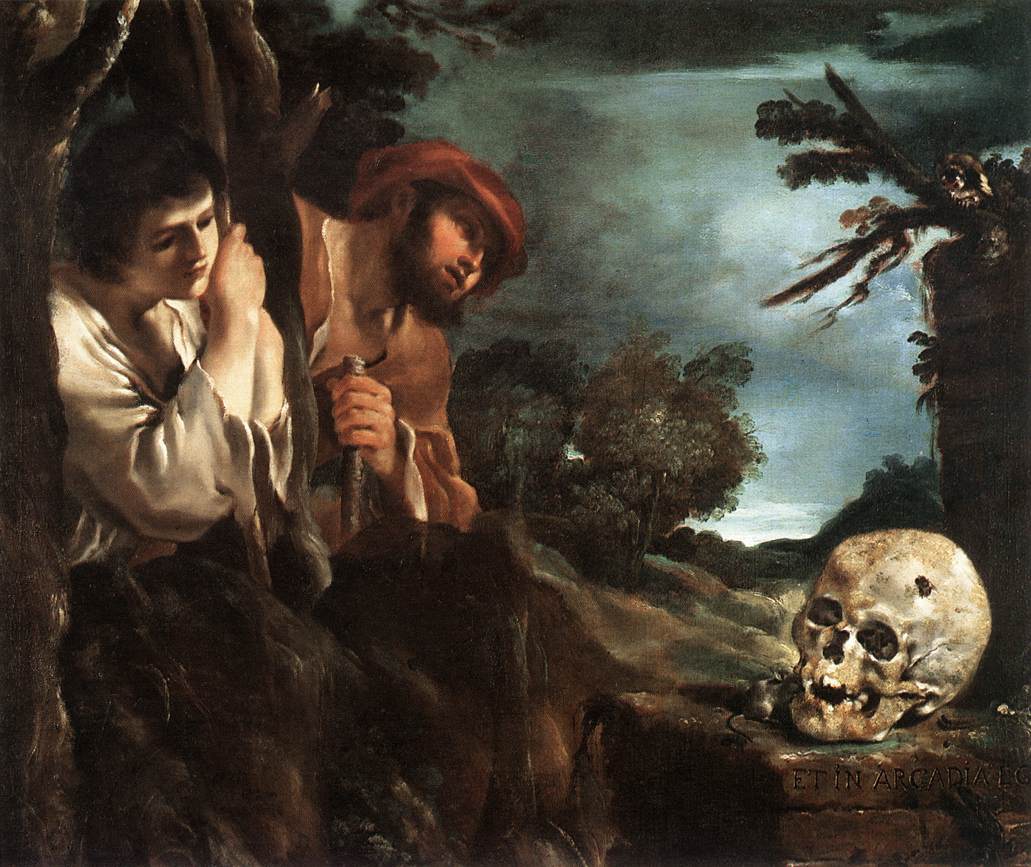
Et in Arcadia Ego. Guercino. 1618-22. Galleria Nazionale d’Arte Antica, Rome. Via wikimedia.
A memento mori at 3:38.

Nicholas Poussin, Et in Arcadia Ego, 1627. via wikipedia.
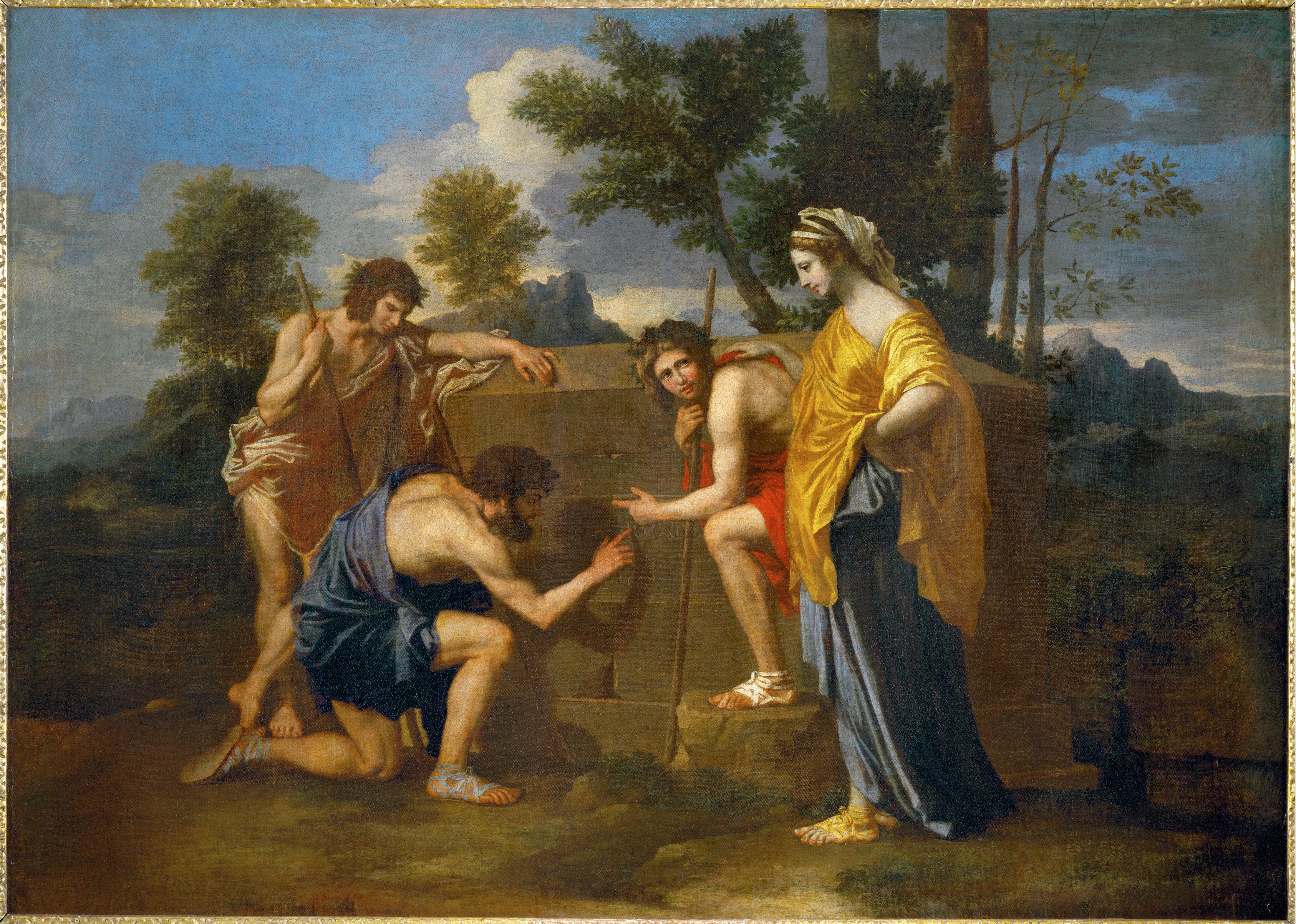
Nicolas Poussin. Et in Arcadia ego (1637-1638). Via wikimedia.
Interpretation of the phrase and paintings:
“The most important difference between the two versions is that in the latter version, one of the two shepherds recognizes the shadow of his companion on the tomb and circumscribes the silhouette with his finger. According to an ancient tradition (see Pliny the Elder, nat. Hist. XXXV 5, 15), this is the moment in which the art of painting is first discovered. Thus, the shepherd’s shadow is the first image in art history. But the shadow on the tomb is also a symbol of death (in the first version symbolized by a skull on the top of the tomb). The meaning of this highly intricate composition seems to be that, from prehistory onward, the discovery of art has been the creative response of humankind to the shocking discovery of mortality. Thus, death’s claim to rule even Arcadia is challenged by art […] In the face of death, art’s duty—indeed, her raison d’être—is to recall absent loved ones, console anxieties, evoke and reconcile conflicting emotions, surmount isolation, and facilitate the expression of the unutterable.” * Wikipedia.

Philippe de Champaigne. Vanitas (c. 1671) Life, Death, and Time.
See memento mori and vanitas.

Raising Lazarus, Oil on Copper Plate, 1875, Carl Heinrich Bloch. Via wikimedia.
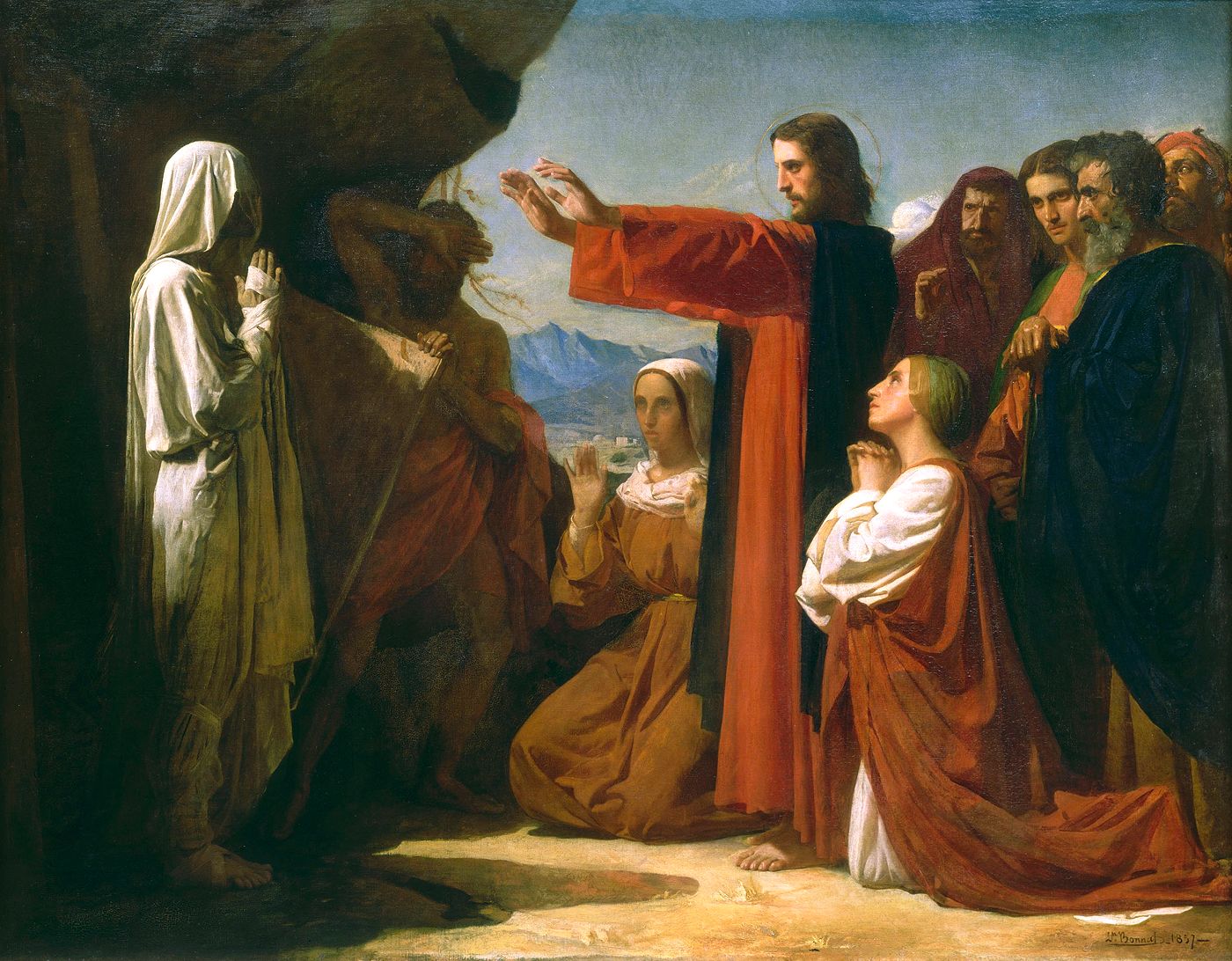
The Raising of Lazarus, 1857, Léon Joseph Florentin Bonnat. Via wikimedia.
See Ecologues of Virgil.
See Erwin Panofsky
See Web Gallery of Art.
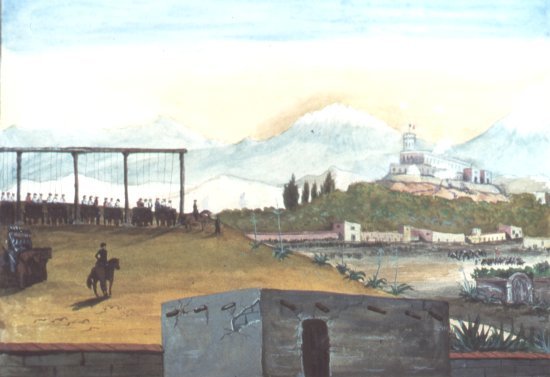
The mass hanging of San Patricios via wikimedia.
Read Samuel Chamberlain‘s My Confession: Recollections of a Rogue.
—–
Et In Arcadia Ego is the name the Judge has given to his rifle in Blood Meridian. In the book, the Judge copies and destroys an ancient rock painting he finds while crossing the desert.
——
On the origin of painting and drawing through shadow. Blog.
——
*the source of the interpretation doesn’t appear in Wikipedia unless it comes from the German book Picasso und die christliche Ikonographie. Mutterbeziehung und künstliches Selbstverständnis (2003) by . (Picasso and the Christian iconography. Mother relationship and artificial self-image).
Serial

Fukuoka | 10/28
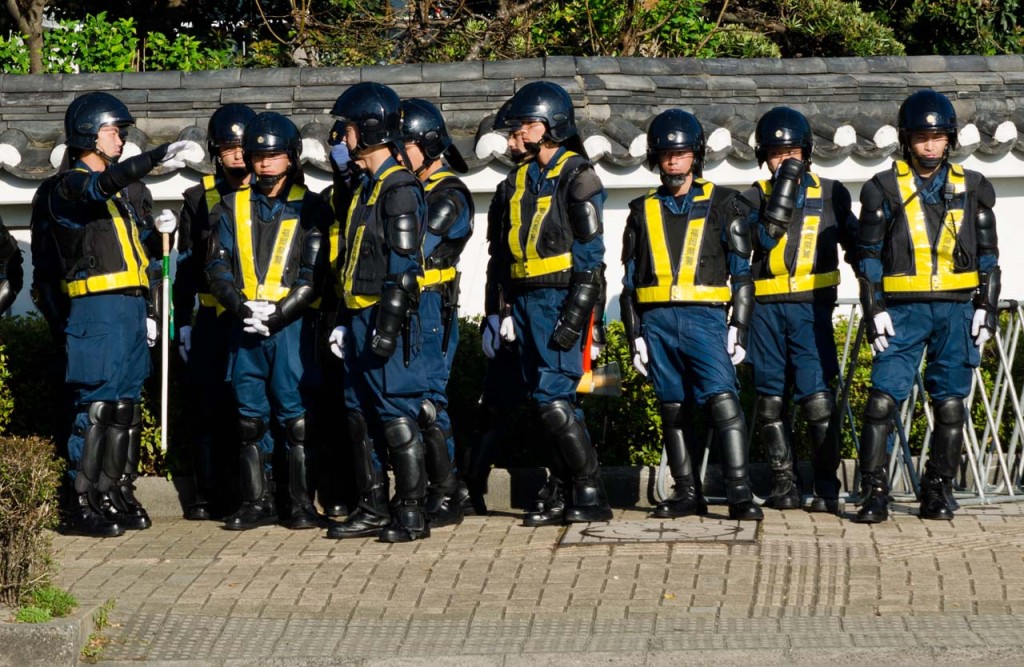 Japanese riot police guarding the Korean Embassy.
Japanese riot police guarding the Korean Embassy.

Inspiration?
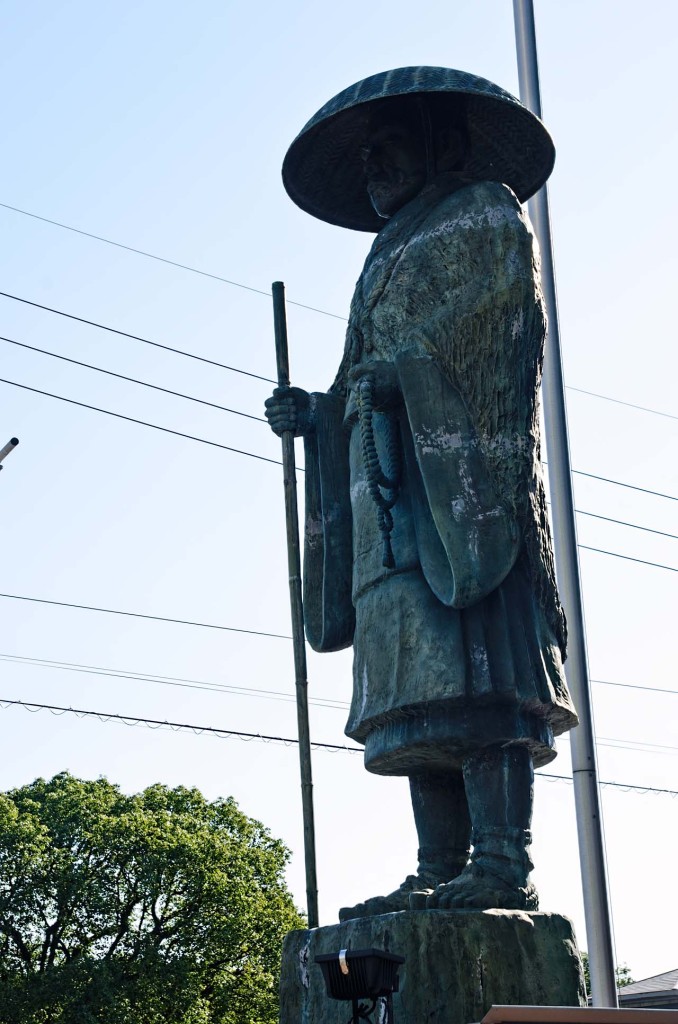
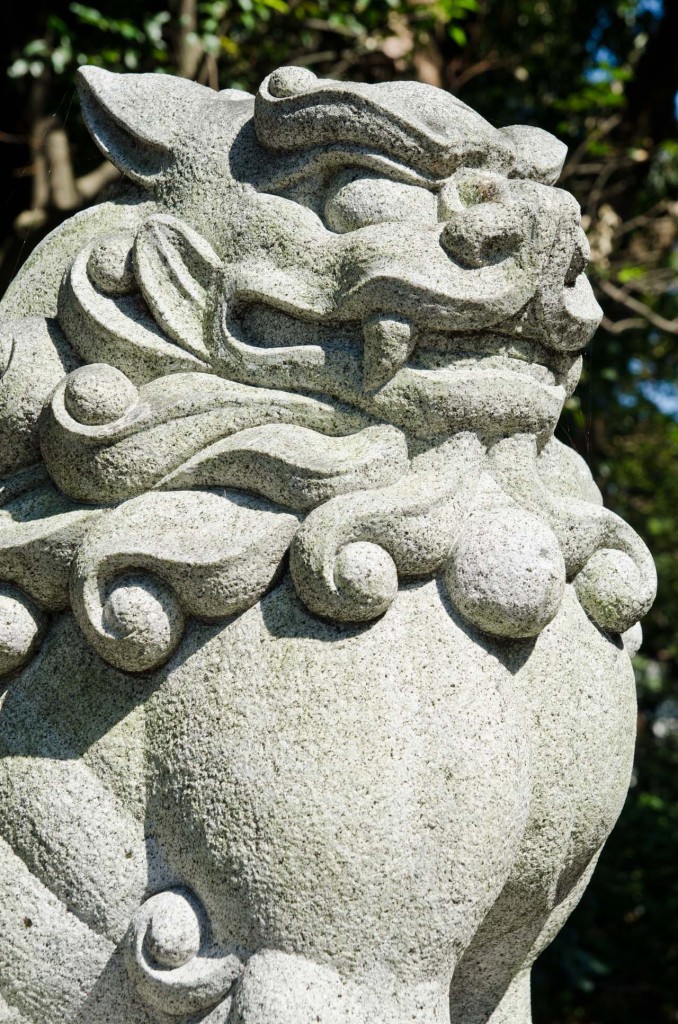
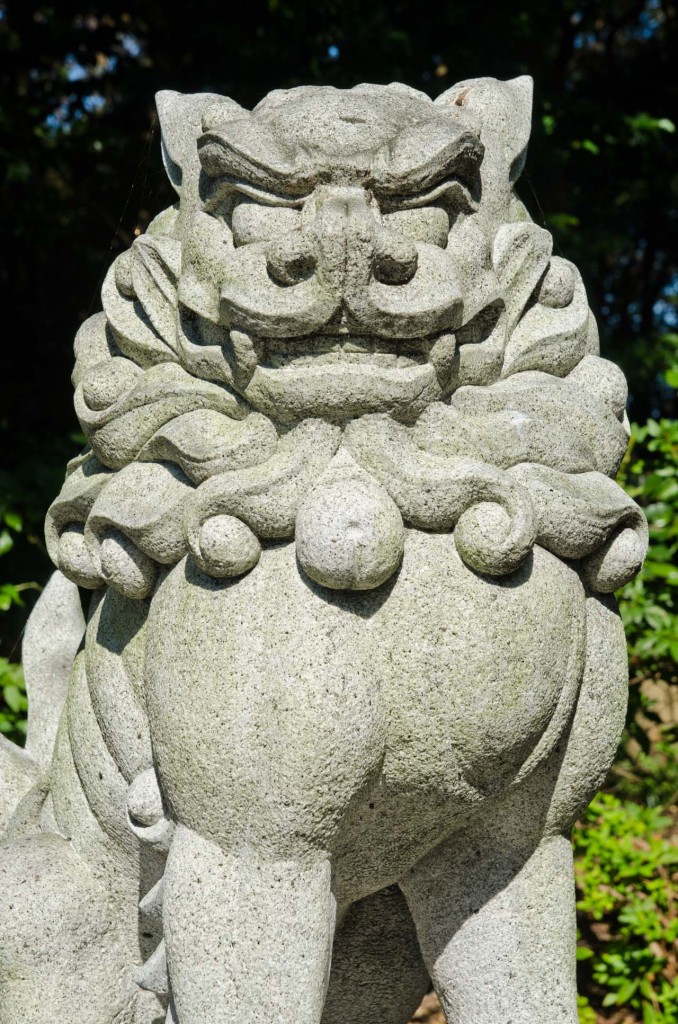 Komainu (狛犬)
Komainu (狛犬)
“Meant to ward off evil spirits, modern komainu statues are almost identical, but one has the mouth open, the other closed. This is a very common characteristic in religious statue pairs at both temples and shrines. This pattern is however Buddhist in origin and has a symbolic meaning. The open mouth is pronouncing the first letter of the Sanskrit alphabet, which is pronounced “a”, while the closed one is uttering the last letter, which is pronounced “um”, to represent the beginning and the end of all things. Together they form the sound Aum, a syllable sacred in several religions like Hinduism, Buddhism, and Jainism.” Wikipedia article.
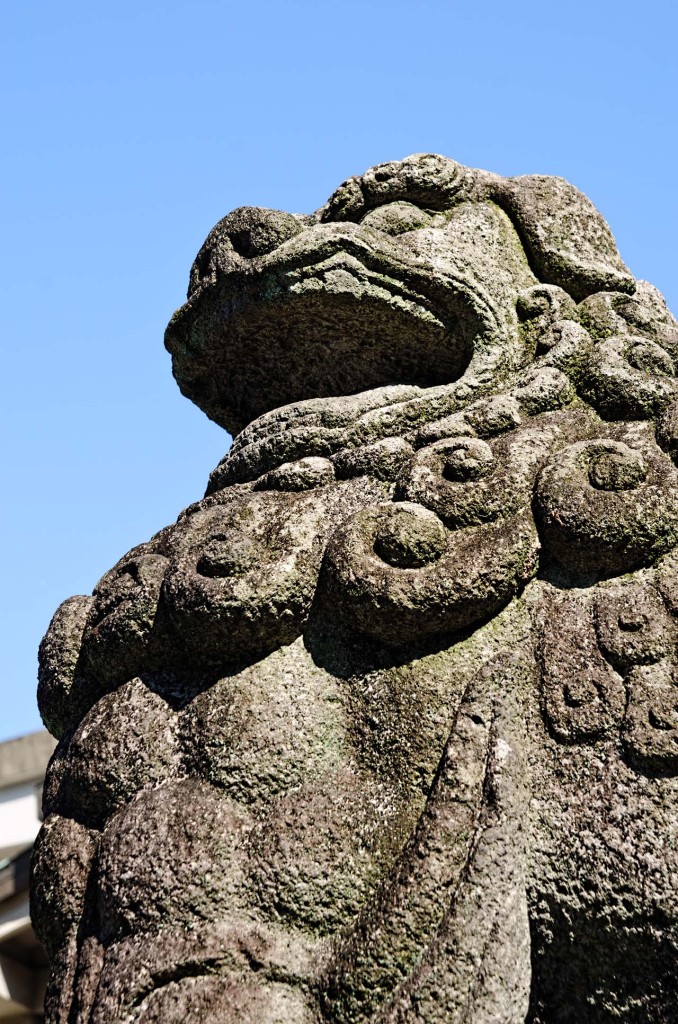
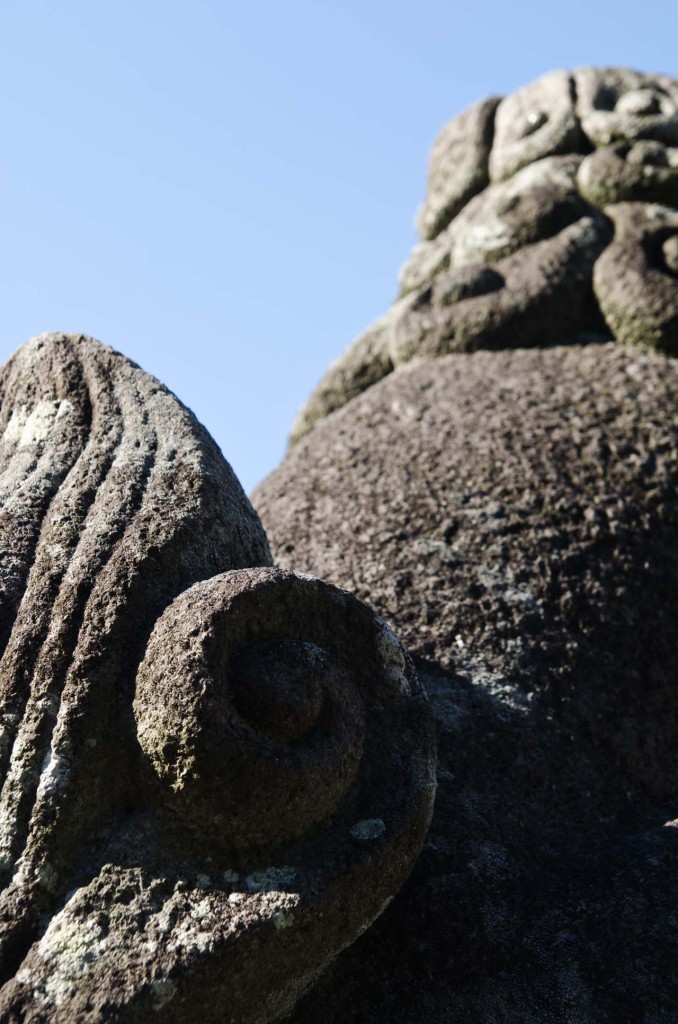
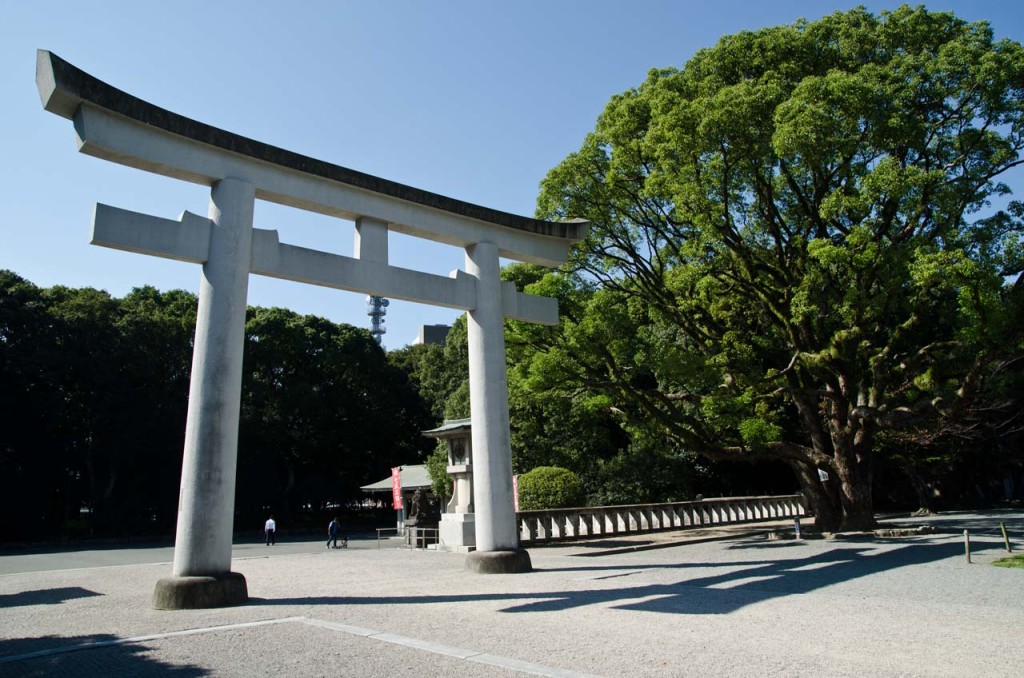 Gokoku Shrine 護国神社.
Gokoku Shrine 護国神社. 
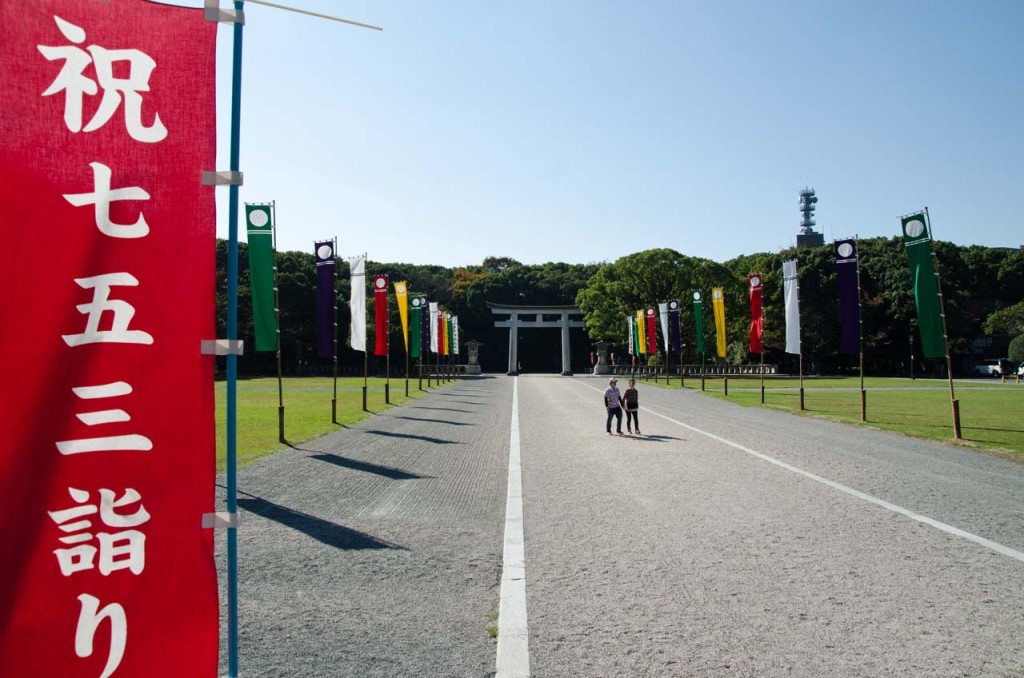
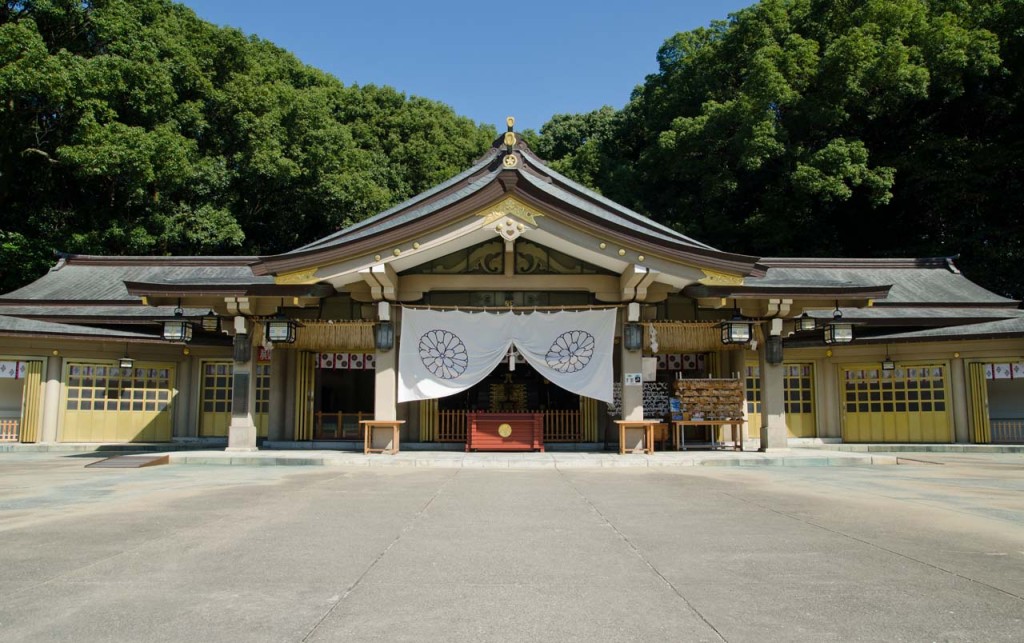
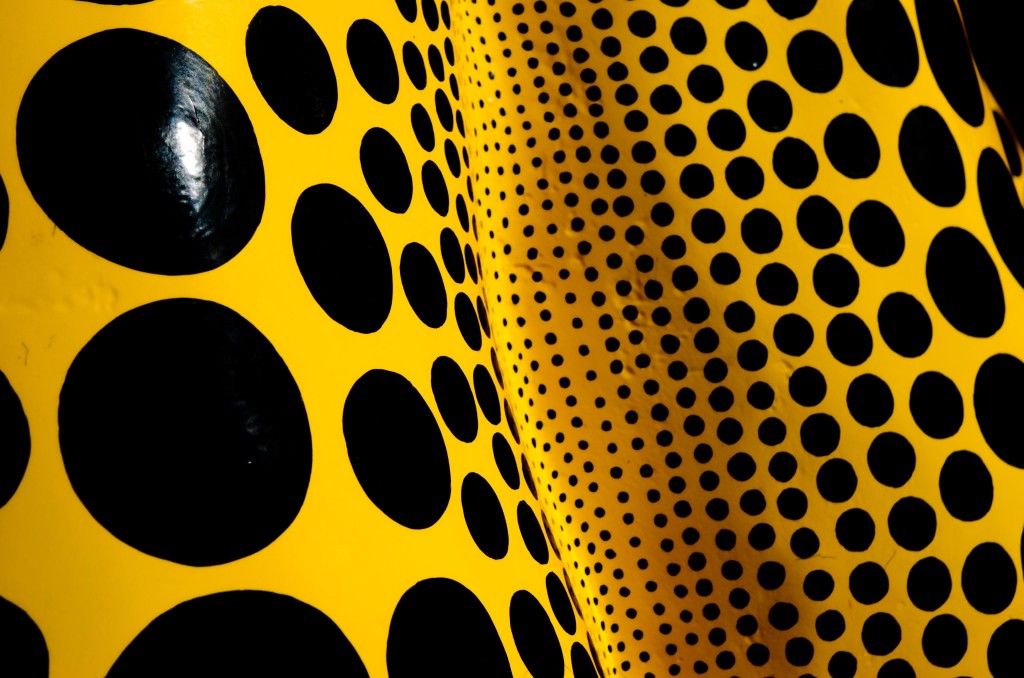 Yayoi Kusama 草間 彌生 pumpkin パンプキン sculpture at Fukuoka Art Museum 福岡市美術館. Ohori Park. More Yakoi Kusama pumpkins (INHALE MAG).
Yayoi Kusama 草間 彌生 pumpkin パンプキン sculpture at Fukuoka Art Museum 福岡市美術館. Ohori Park. More Yakoi Kusama pumpkins (INHALE MAG).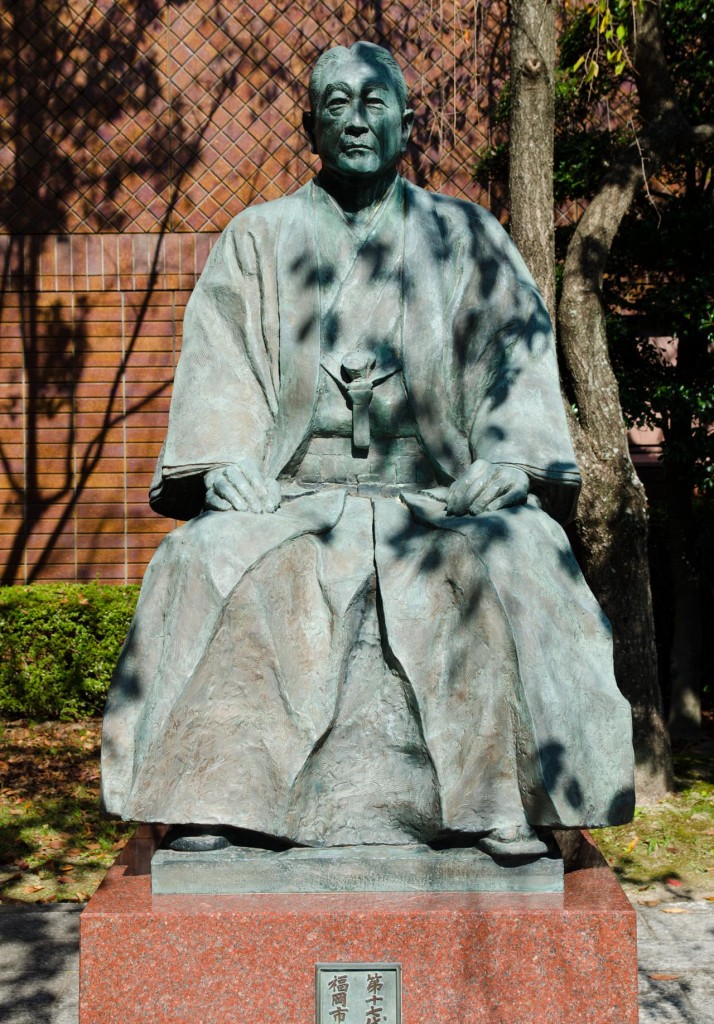 Ohori Park.
Ohori Park.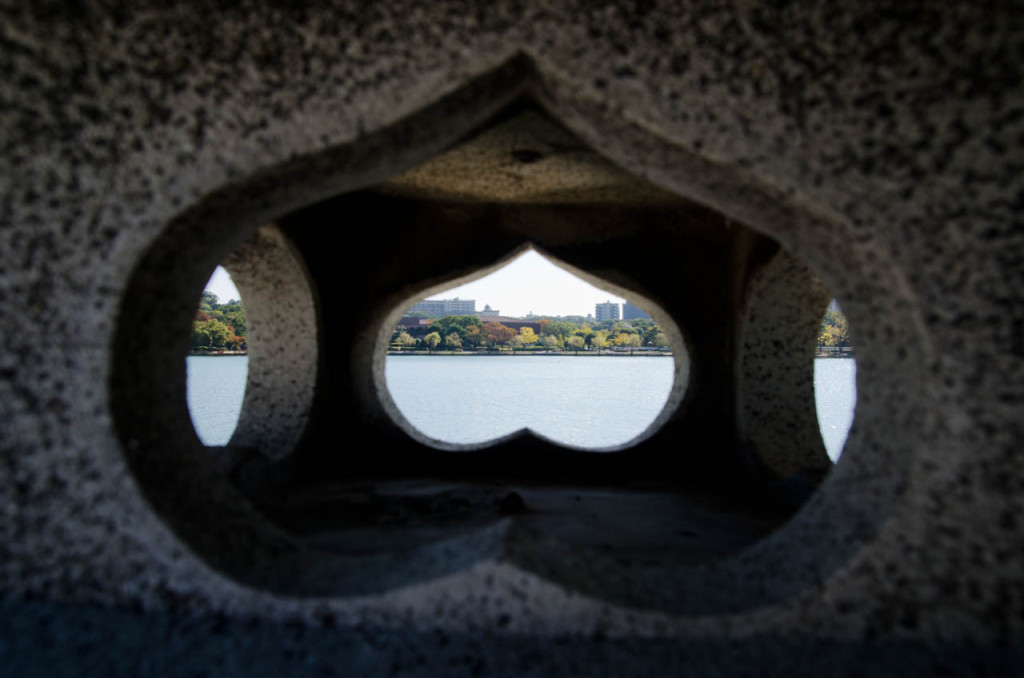
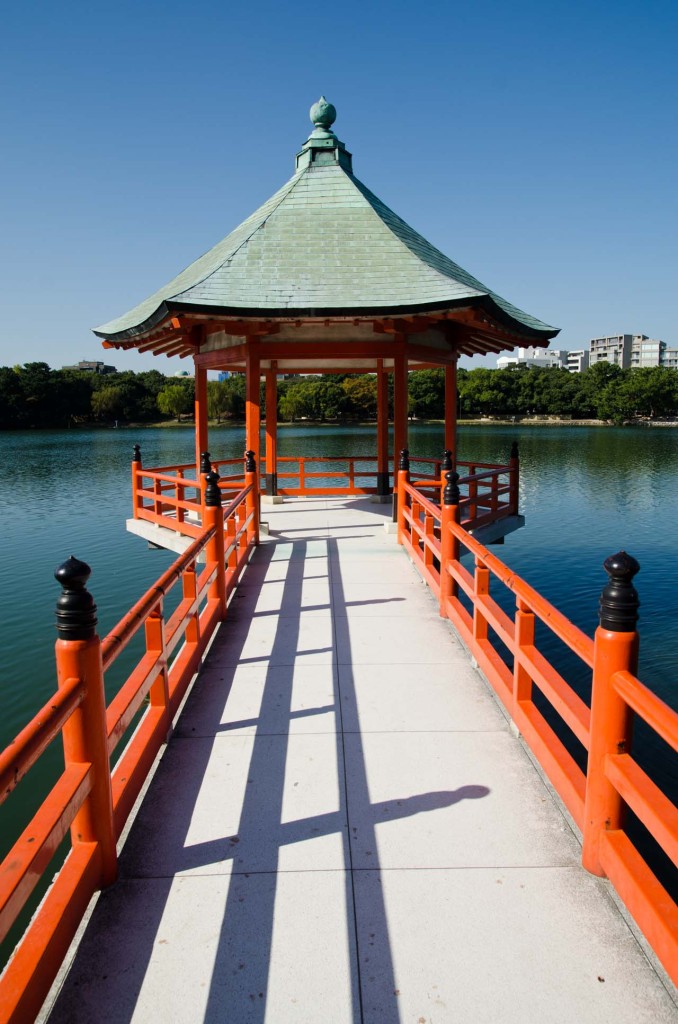
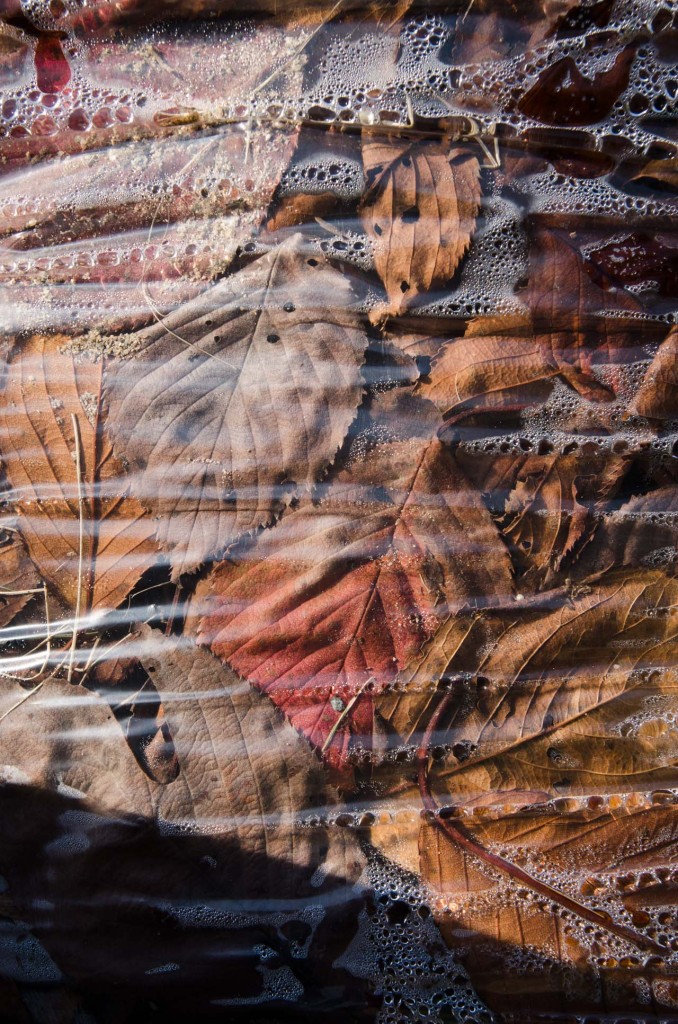
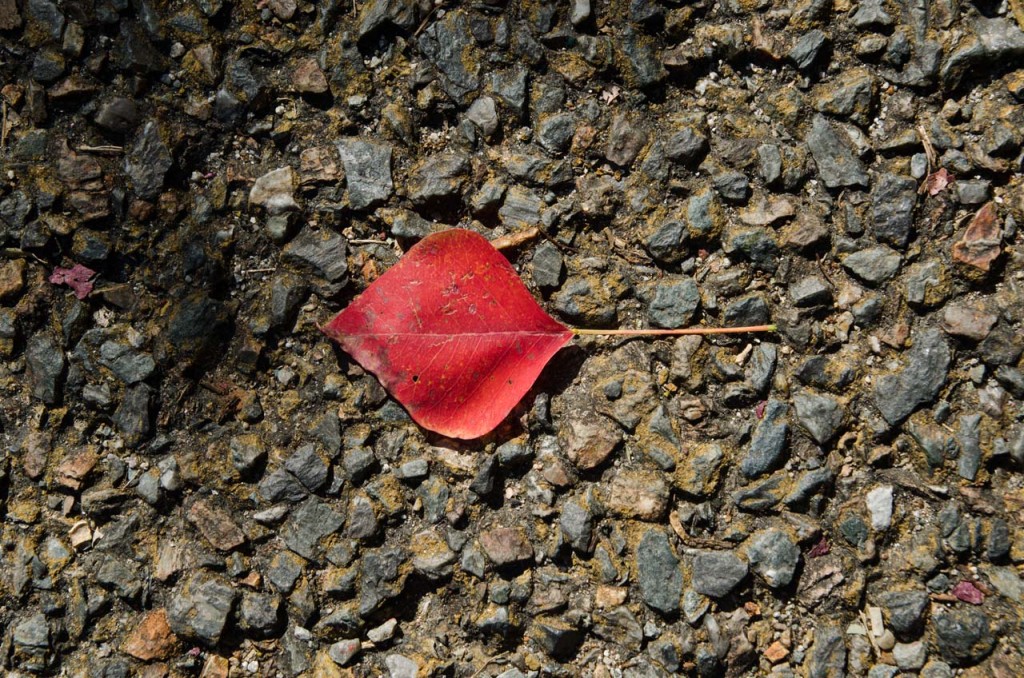
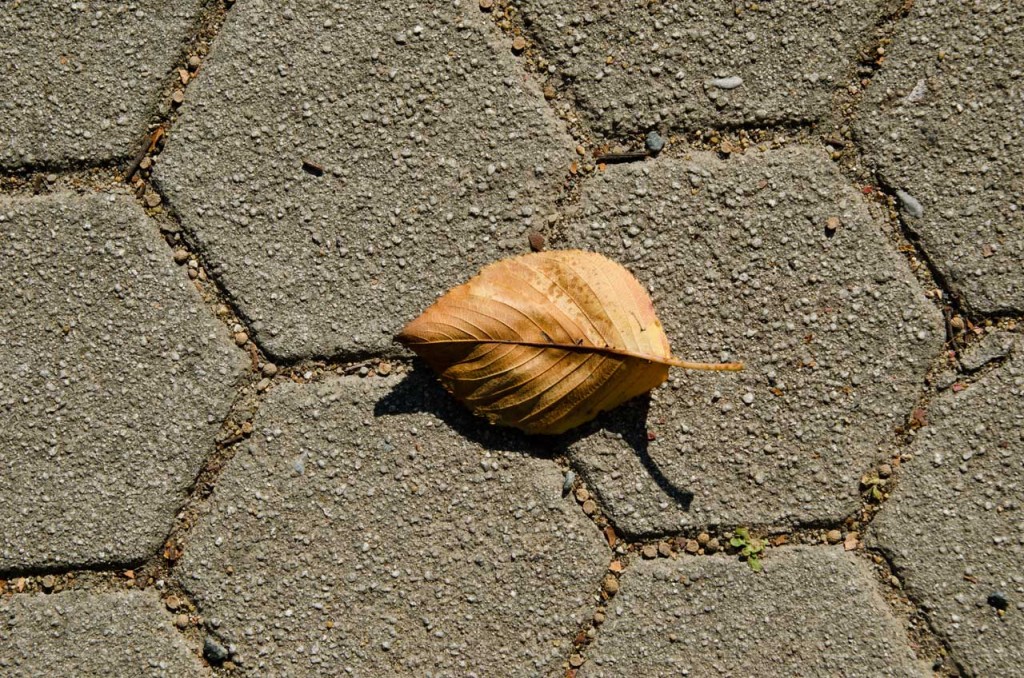
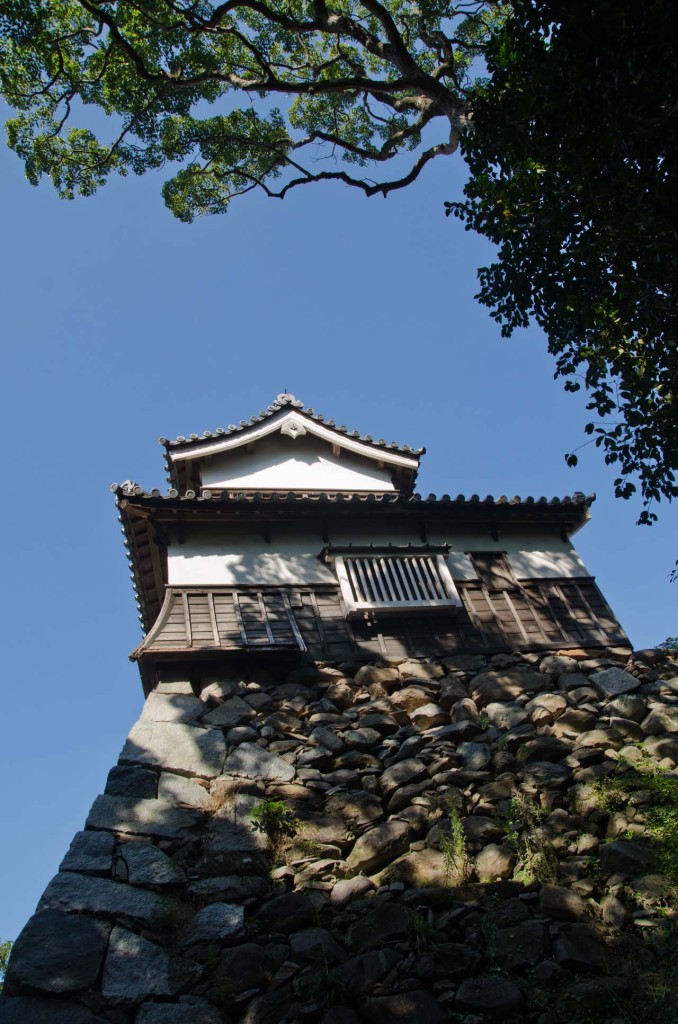 Fukuoka Castle ruins 福岡城.
Fukuoka Castle ruins 福岡城.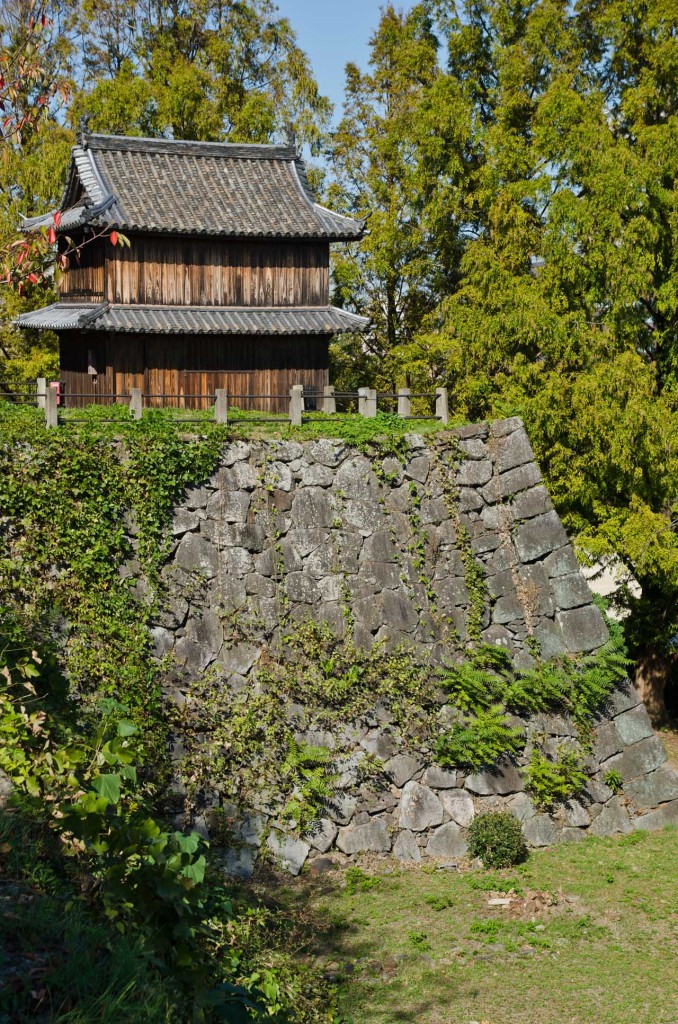
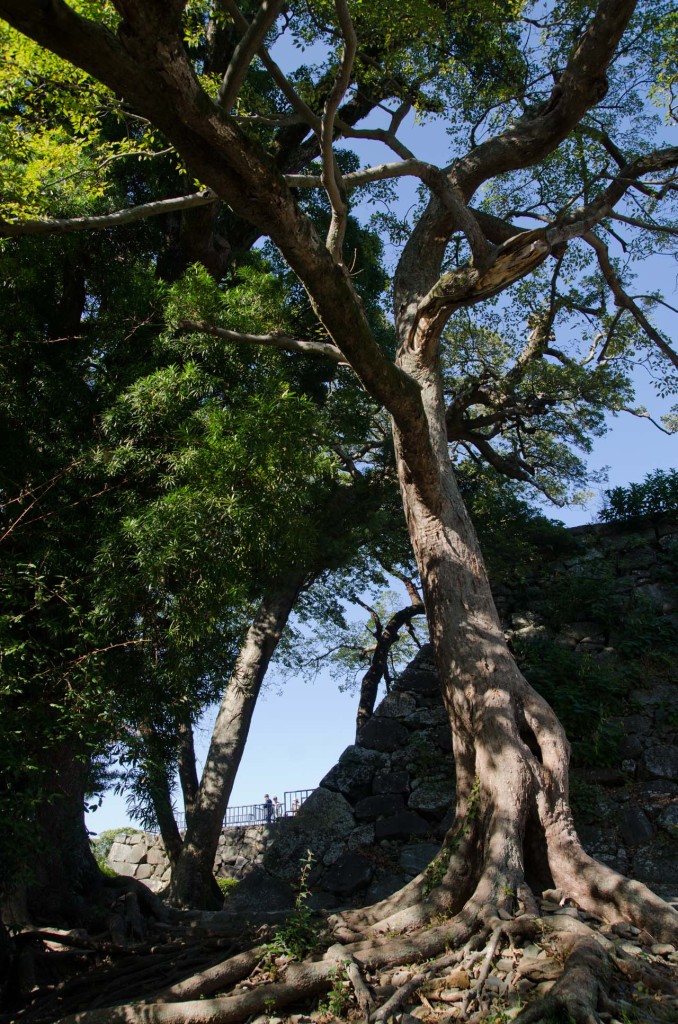 October 28, 2014.
October 28, 2014.
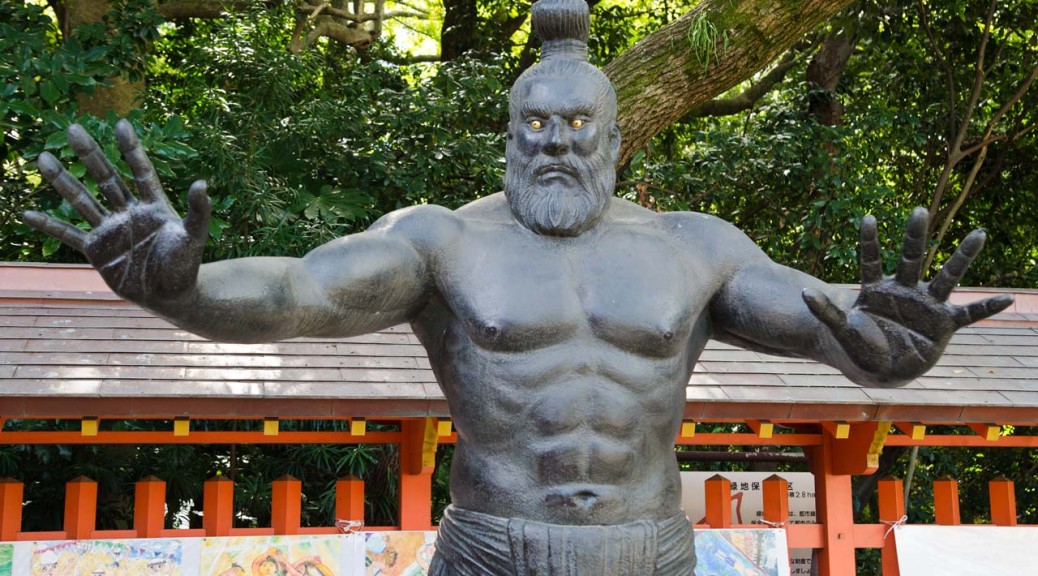
Sumo wrestler in Hakata
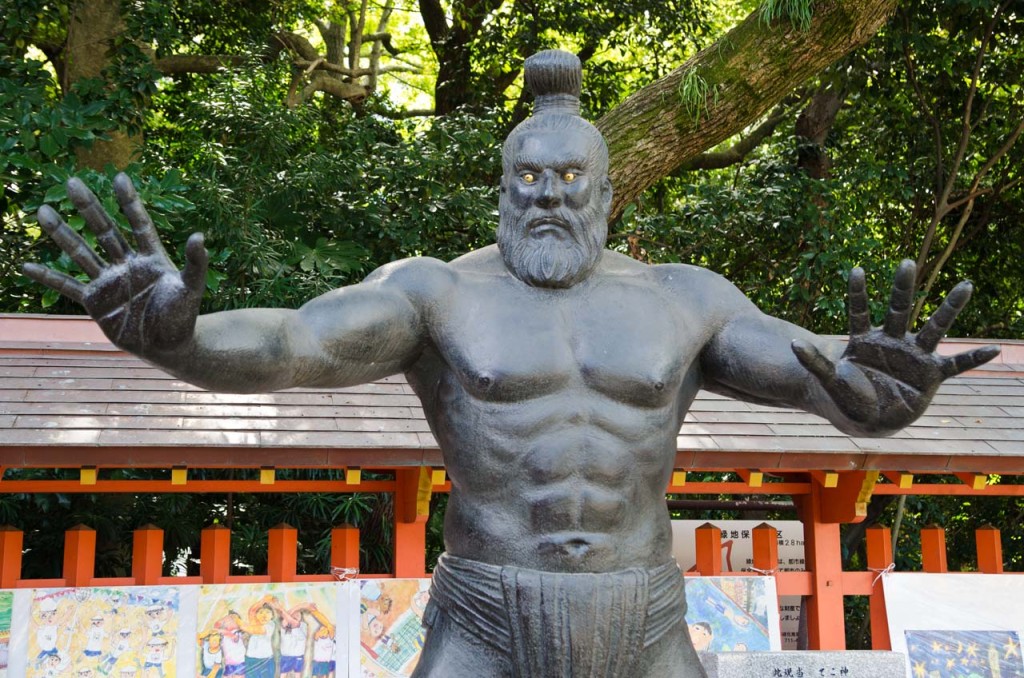 A 19th century statue of a sumo wrestler in a Sumiyoshi shrine in Hakata, Japan. See Sumiyoshi taisha 住吉大社 and Sumiyoshi sanjin 住吉三神.
A 19th century statue of a sumo wrestler in a Sumiyoshi shrine in Hakata, Japan. See Sumiyoshi taisha 住吉大社 and Sumiyoshi sanjin 住吉三神.

Extraterrestrial Skies
Planets to scale.

Pluto. Norgay and Hillary Mountains. July 2015. NASA/Johns Hopkins University Applied Physics Laboratory/Southwest Research Institute via Wikimedia.
Nasa Photojournal
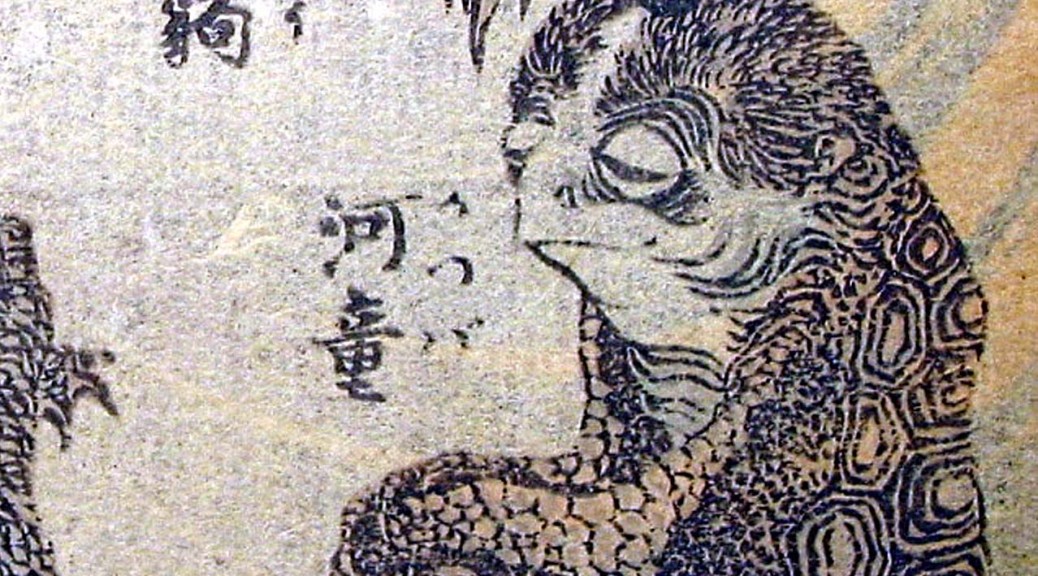
Kappa 河童
Dice
On Chinese dice the 4 is always red.
The word for four 四 () and death 死 () sound similar in Mandarin Chinese.
The story of the emperor who ordered the four on dice colored red.
See Tetraphobia.
The character for dice in Chinese 骰子 has the radical 骨 bone as ancient dice were made out of bone.
Types of Chinese dice.
Dice from different countries.
Book: Chinese Games with Dice and Dominoes.
Ancient Board Games at the British Museum.
See list of Chinese radicals.
